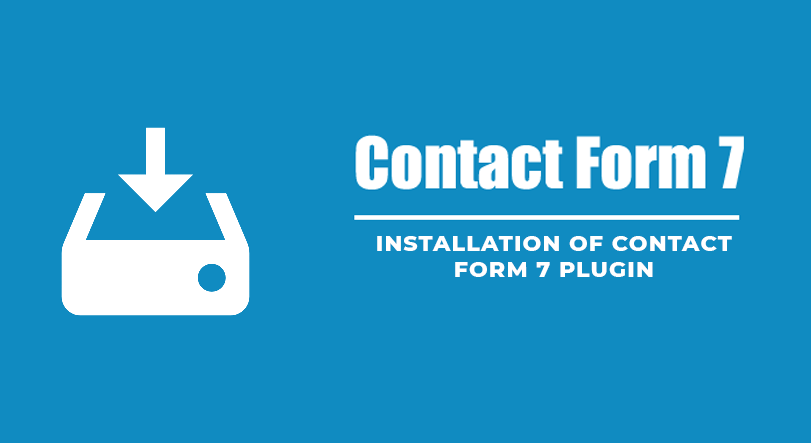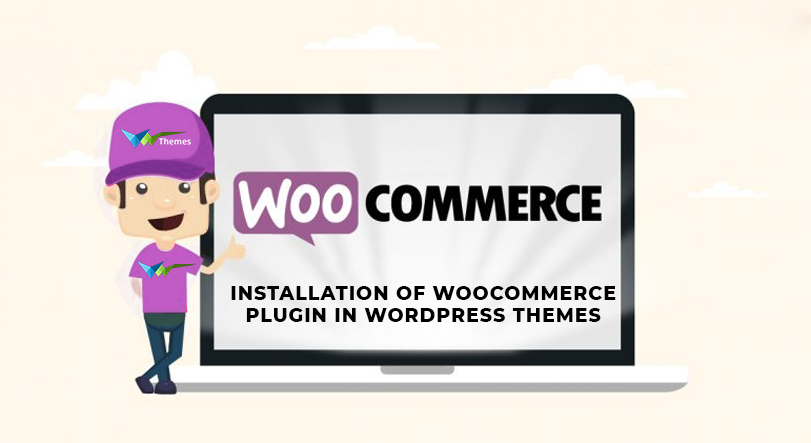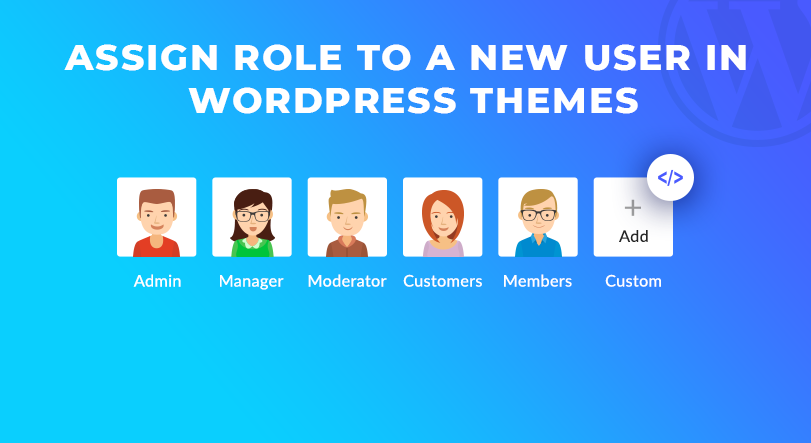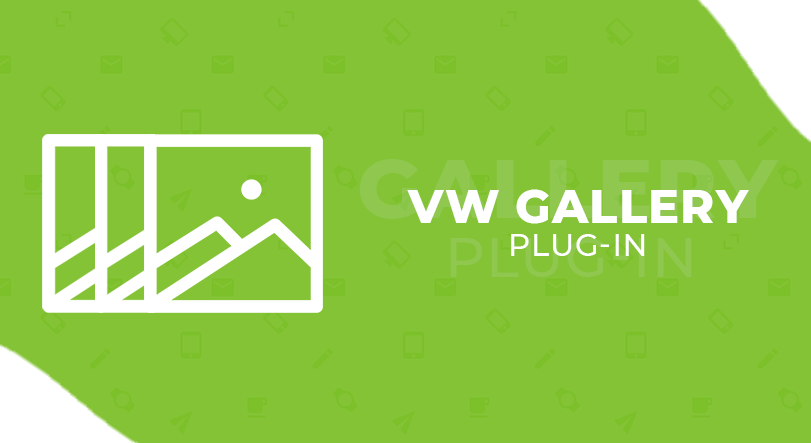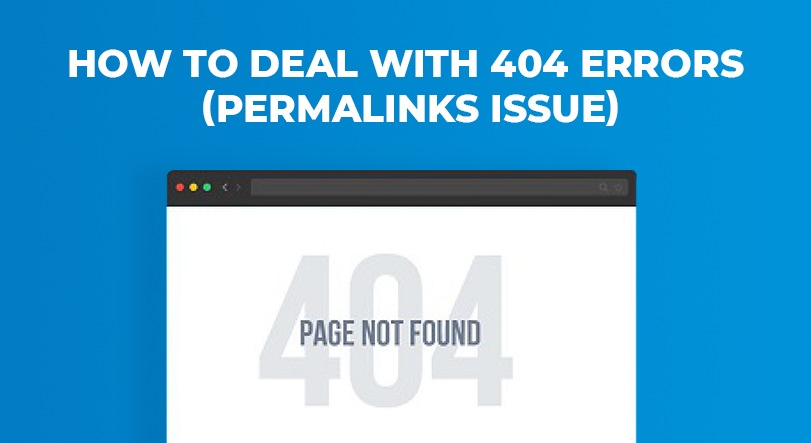System Requirements
We advise you have the following minimum system configuration in your web server in order to have the christmas holiday pro theme.
- WordPress 6.4 or later
- PHP 8.2 or 8.3
- MySQL 5.6 (or greater) | MariaDB 10.0 (or greater)
- Need php ini file configration -
- post_max_size = 256M
- upload_max_filesize = 256M
- max_execution_time = 5000
- max_input_time = 5000
- memory_limit = 1000M
Introduction
Thank you for your purchase of our WordPress Plugin. This documentation shows the entire process of configuring and managing a WordPress website from start to finish in various sections.
What is WordPress CMS?
WordPress is an open source website creation tool that is built on PHP and MySQL. It is a powerful blogging platform and a completely free content management system (CMS). You can use this CMS to create websites and solid online apps. It requires little knowledge or technical ability to manage. WordPress has become the most widely used website development software due to a variety of factors such as its ease of use and flexibility. Learn More
What is a Wordpress Template?
A WordPress template serves as a skin for websites built with the WordPress CMS. A WordPress Template is very simple to install. You can easily change the appearance of your WordPress website by installing a new template. A WordPress template includes all of the necessary source files, which you can freely edit and expand as you see fit.
Help and Support
Click here for support:
File Structure
The template package you downloaded is divided into several folders. Let's take a look at what's in each folder:
-
Screenshots
-contains template screenshot. Not for production.
- theme -contains wordpress theme files
- "vw-aqua-farm-pro" -This folder contains all of the files required for the theme.
- "license.txt" -contains license details
- "readme.txt" -contain information about the theme's image path, font usage, and script usage
Template Installation
The installation of a template is a simple process.
All installation steps can be completed through the WordPress interface. It makes the process more comfortable and faster.
There are two methods for installing the system.
1-Install a theme using wordpress admin
The first step is to log into your WordPress admin area. Then, click on
1.Next, navigate to the "Appearance" menu and select "Themes."
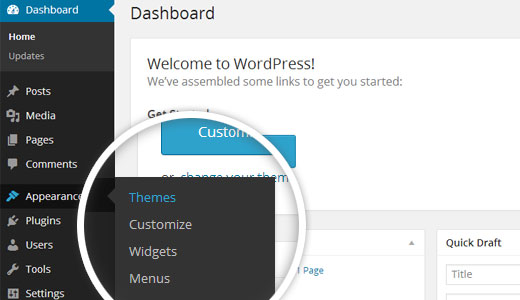
After you have navigated to the themes page, click on the "Add New" button located at the top of the page.
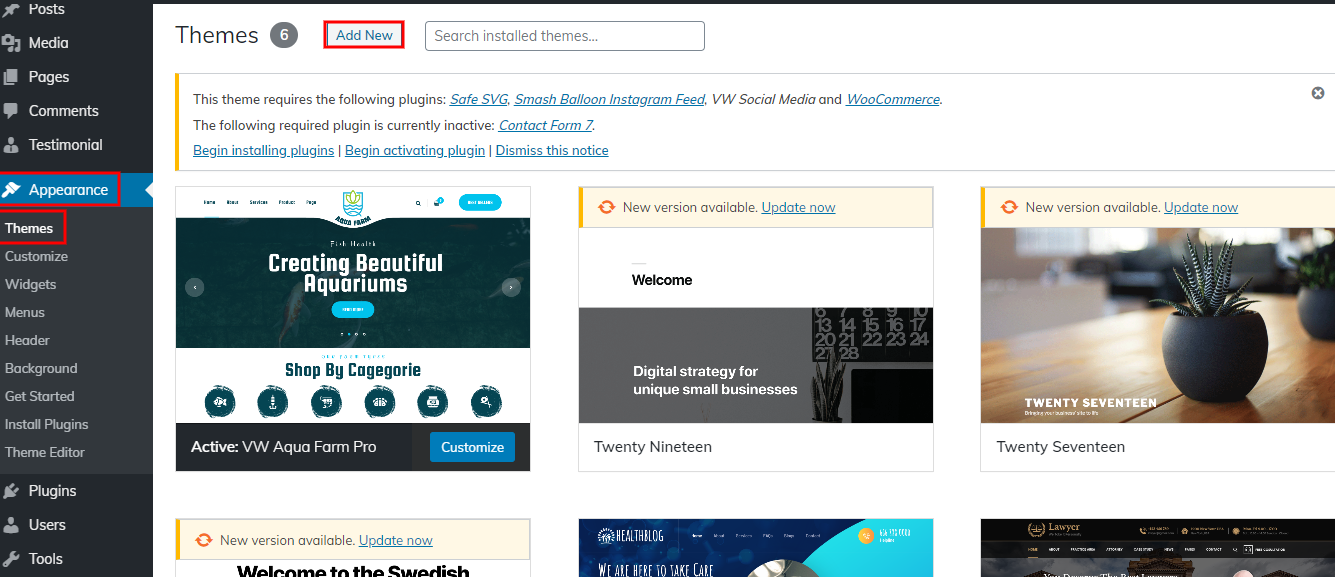
3. Click the "Browse" button, select the vw-aqua-farm-pro.zip theme, and then click the "Install Now" button.
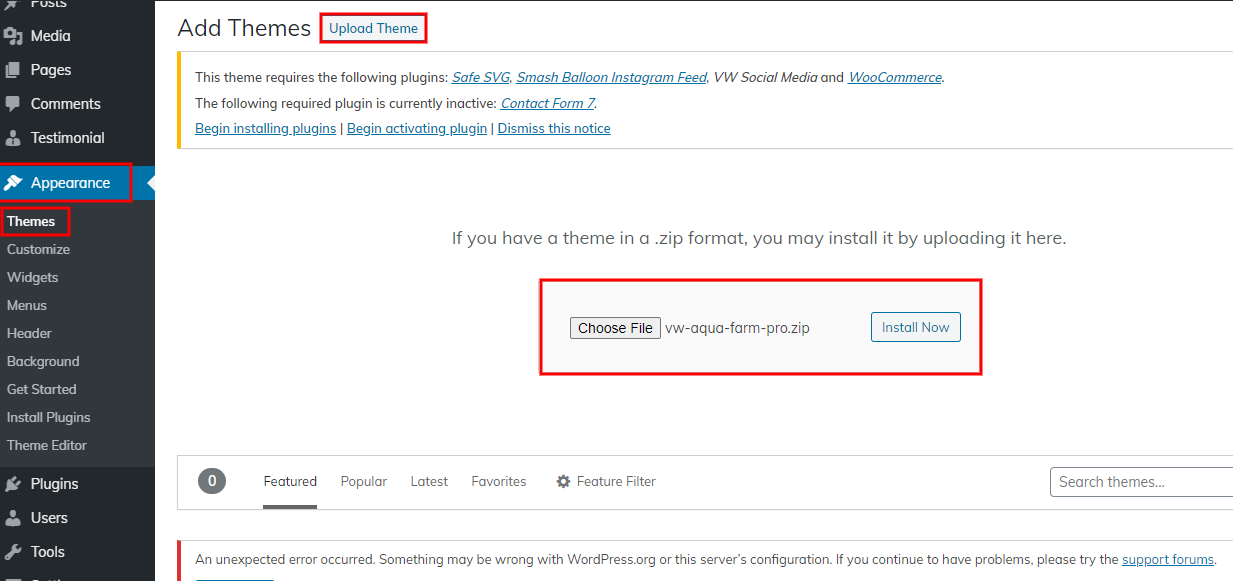
5. WordPress will now proceed with installing your selected theme and display a success message, along with options to either activate or preview the theme live.
Congratulations! Your theme has been successfully installed.
2-Install a Theme using FTP
The second method of installation is to upload the theme via FTP. To use this method, first connect to your site via FTP and navigate to the wp-content/themes folder. Unzip the downloaded theme file and upload only the extracted Total folder to your server.

Next log into your WordPress site and navigate to Appearance >> Themes to activate Total.
Plugin Installation.
Plugins are ways to extend and enhance the functionality already present in WordPress.
How to Enable Plugins If you want these features in your theme, you must activate the plugin. To activate the plugin in your theme, follow these steps.
To manually install a WordPress Plugin, download the.zip archive and follow the steps below for Upload plugin.
Install Required Plugins:
VW Aqua Farm Pro Posttype, Contact Form 7, WooCommerce, and VW Social Media Plugins are all included.
Go to Dashboard >> plugin >> Add New >> Upload plugin.
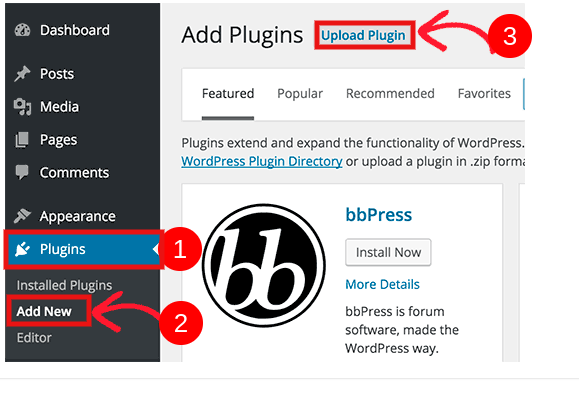
Read through all plugin details, Read Theme documentation to learn how to use plugins for additional functionality
Install and activate by clicking the Install Now button.
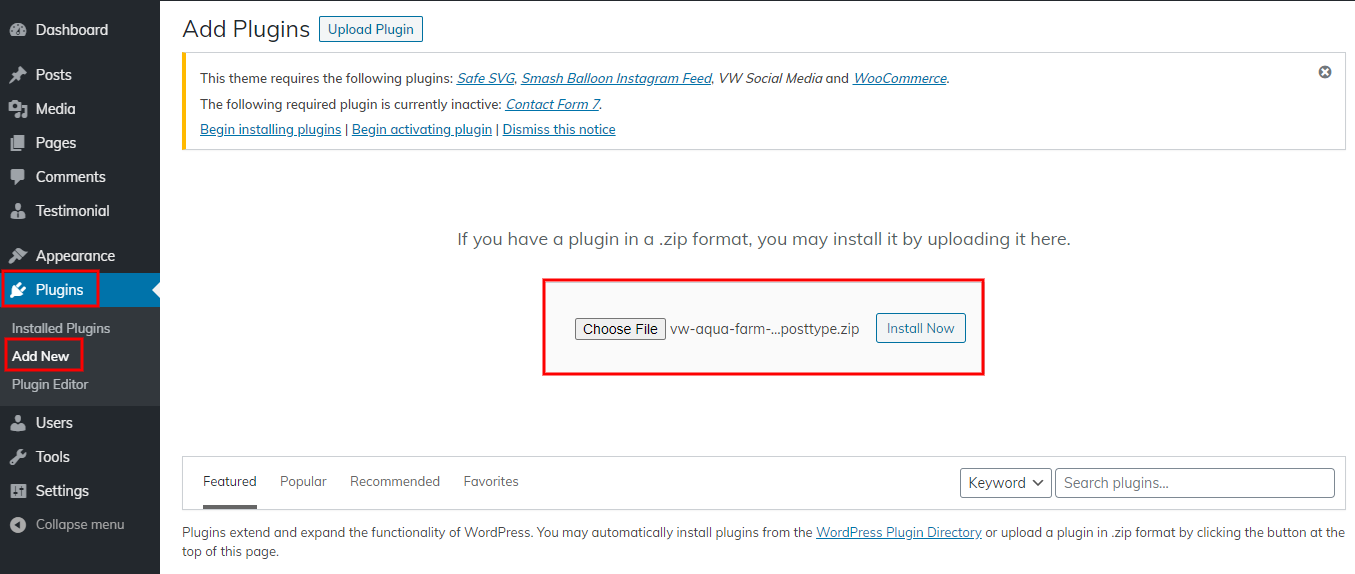
Demo Importer
Import demonstration content with a single click to get your theme up and running. This content will walk you through the process of creating a website.
Go to Dashboard >> Appearance >> Get started
Before you can click "Run Importer," you must first install VW Aqua Farm Pro.
Then, select "Demo Content Importer" and then "Run Importer."

Section Ordering
re-order the section follow below steps.
Go to Appearance >> Customize >> Theme Settings >> Section Ordering.

Section Padding Settings
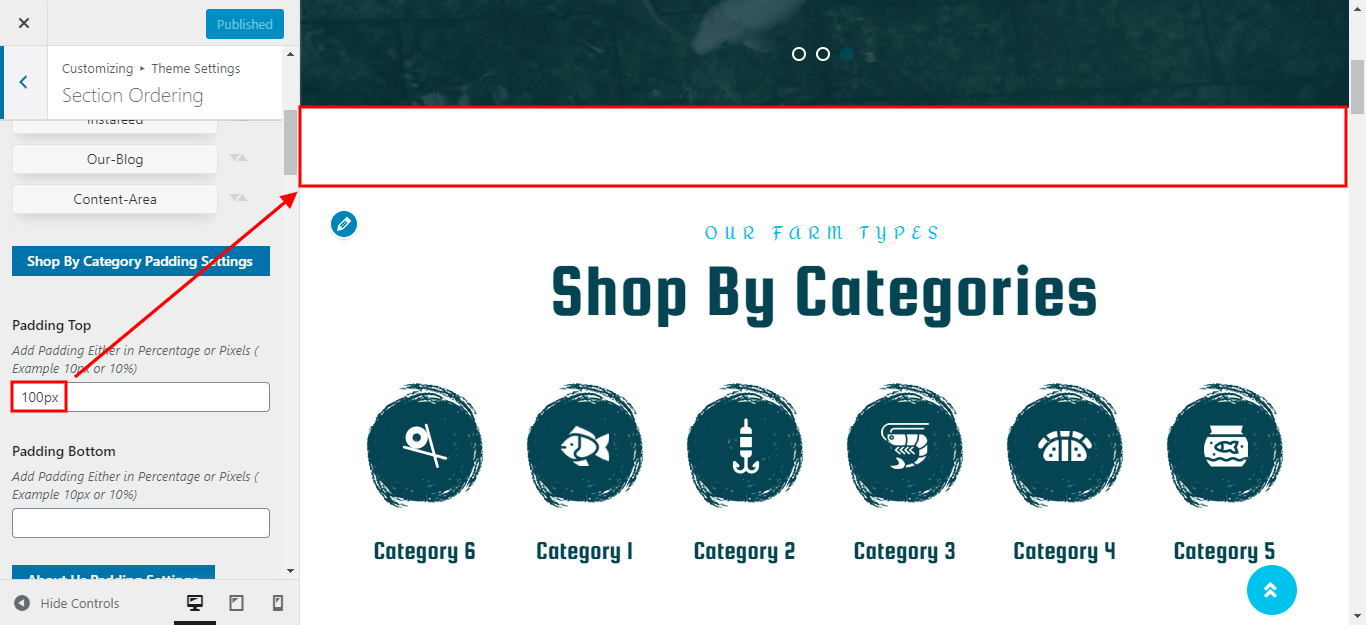
Section Color/Font Pallette
Color/font selection is a simple process. These options are available in all sections of the customizer. It is a complete image that demonstrates the colour and font palette. You can change the colour and fonts of the headings, paragraph, and buttons with a single click.
Depending on the number of options available in that section, each individual section has the option to set the colour palette for Headings, Title/Text, Paragraph, Button Text, and Button Background.
Default Color/Font settings
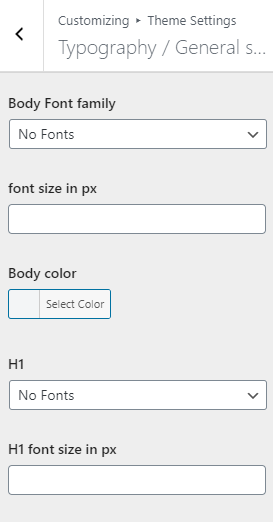
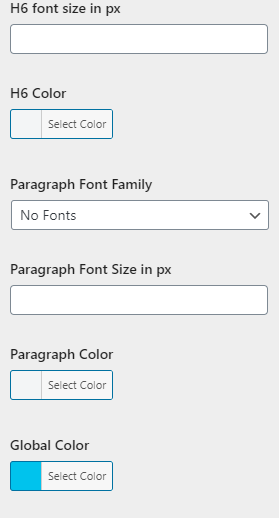
Theme Setup
After activating the theme, you will see the index page with the most recent post. Now you must configure the home page template to display all of the demo sections on your front page.
Setup Home Page Template
To configure the Home page, follow these steps.
- To set a template for a new page, navigate to the Dashboard, click on Pages, and then select Add New Page. Give the page a name, such as "Home," or any other desired label. Next, choose the "home-page" template from the dropdown menu of available templates.
- 2. Set the front page: Go to Setting -> Reading --> Select the option of Static Page, now select the page you created to be the homepage, while another page to be your default page.
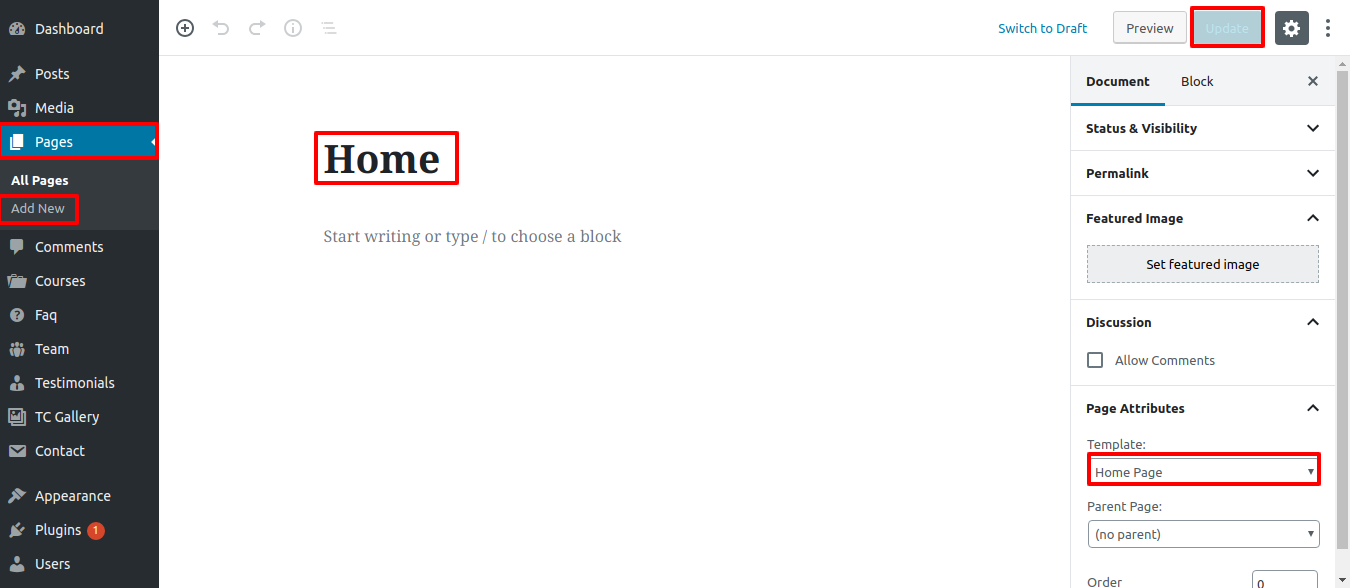
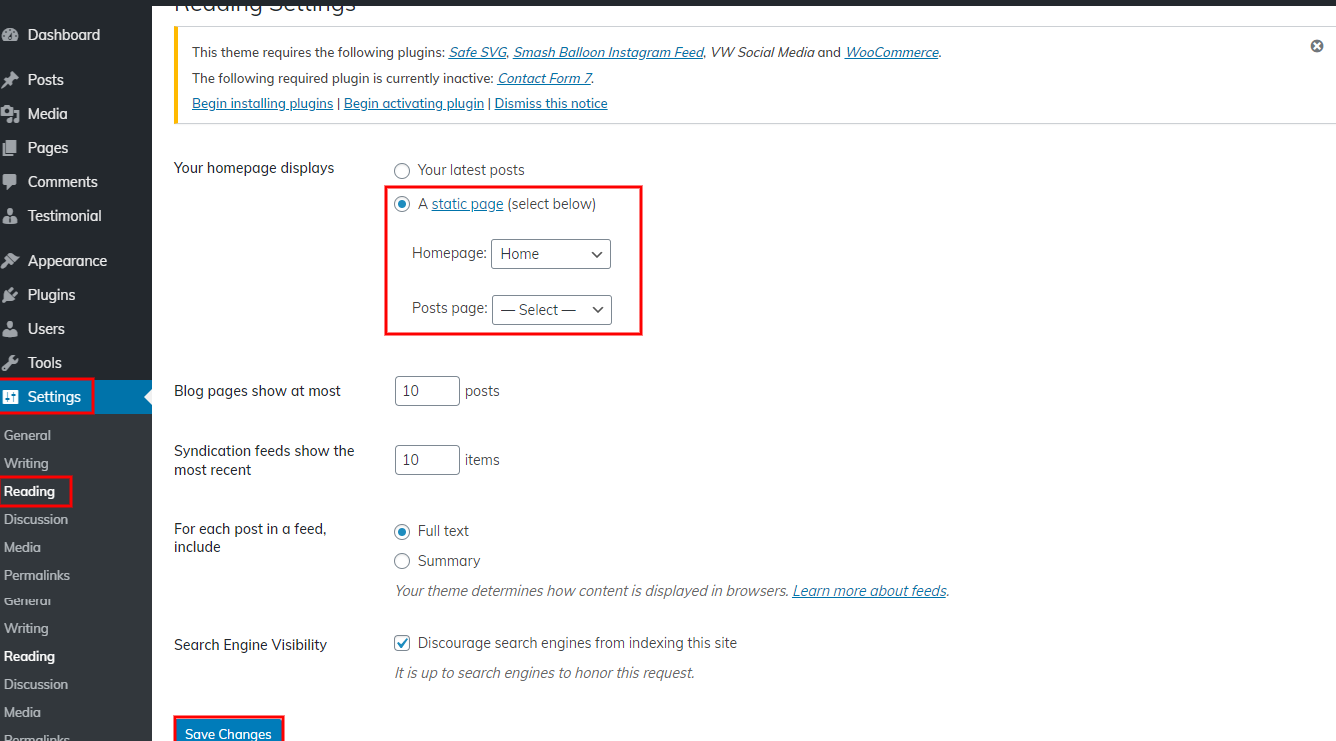
When you're finished, you'll be able to see all of the demo content on the front page.
8.1 Setup Header
In order to configure the Header section. Follow these steps to set up site Identity first.
Setup Site Identity.
Go to Appearance >> Customize >> Site Identity

Sticky Header
When you scroll down the page, the header will stay at the top.
Go to Appearance >> Customize >> Theme Settings >> Header.


2. For Menu Section, follow these steps.
Go to Dashboard >> Pages >> Add New.

Follow same steps for more pages.
For creating menu...
Go to Dashboard >> Appearance >> Menu.
Create menu, add pages and select Primary Menu.

You can configure the menu section in this manner.

8.2 Setup Slider Settings
In order to configure the slider section. Take the following steps.
Go to Appearance >> Customize >> Theme Settings >> Slider Settings




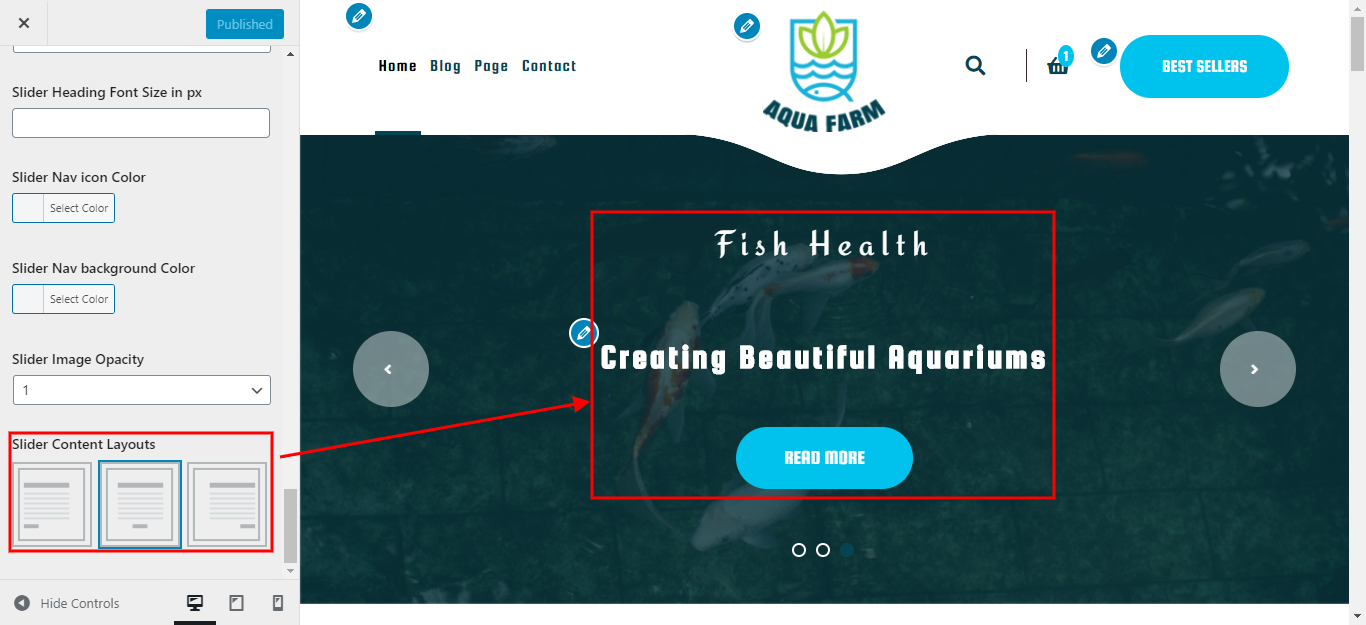
It will appear like this on the front end
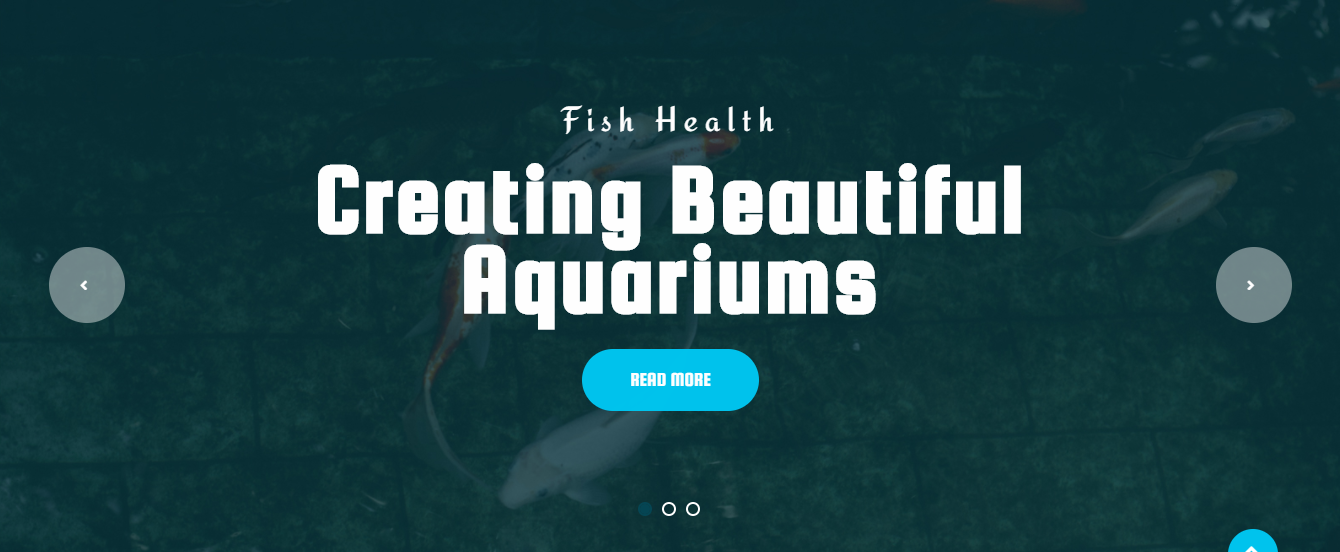
8.3 Setup Shop by Categories
Follow these steps to set up Shop by Categories.
Go to Appearance >> Customize >> Theme Settings >> Shop by Categories
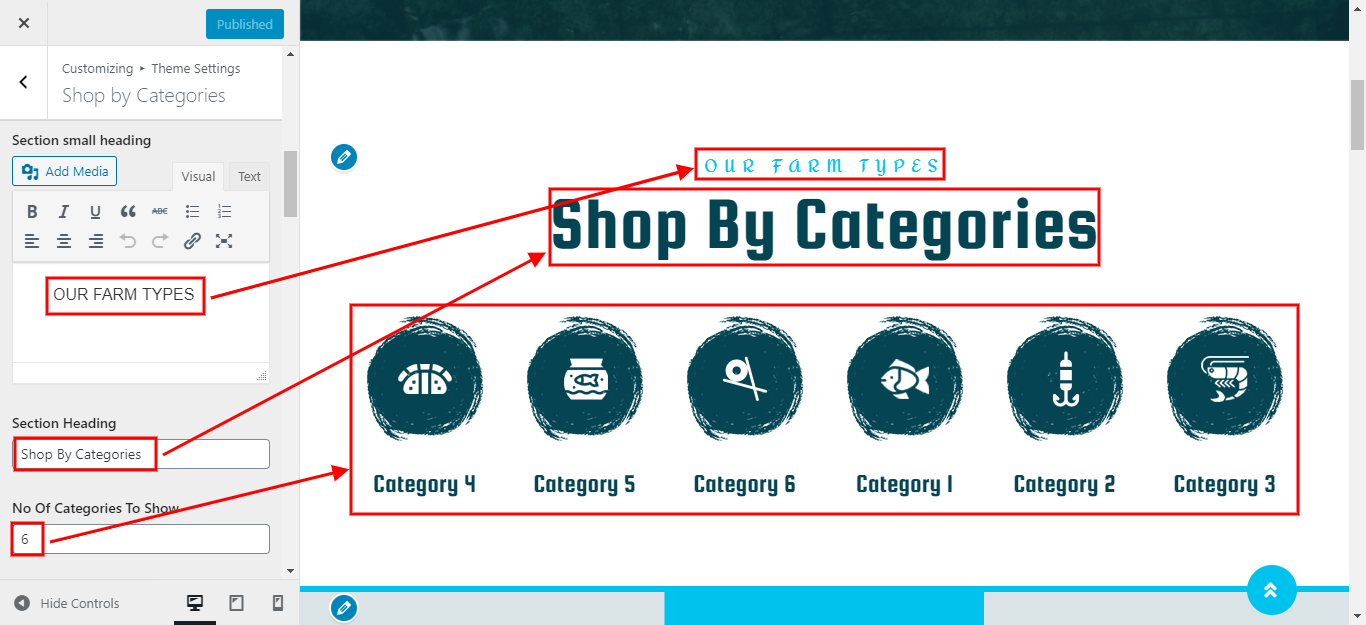
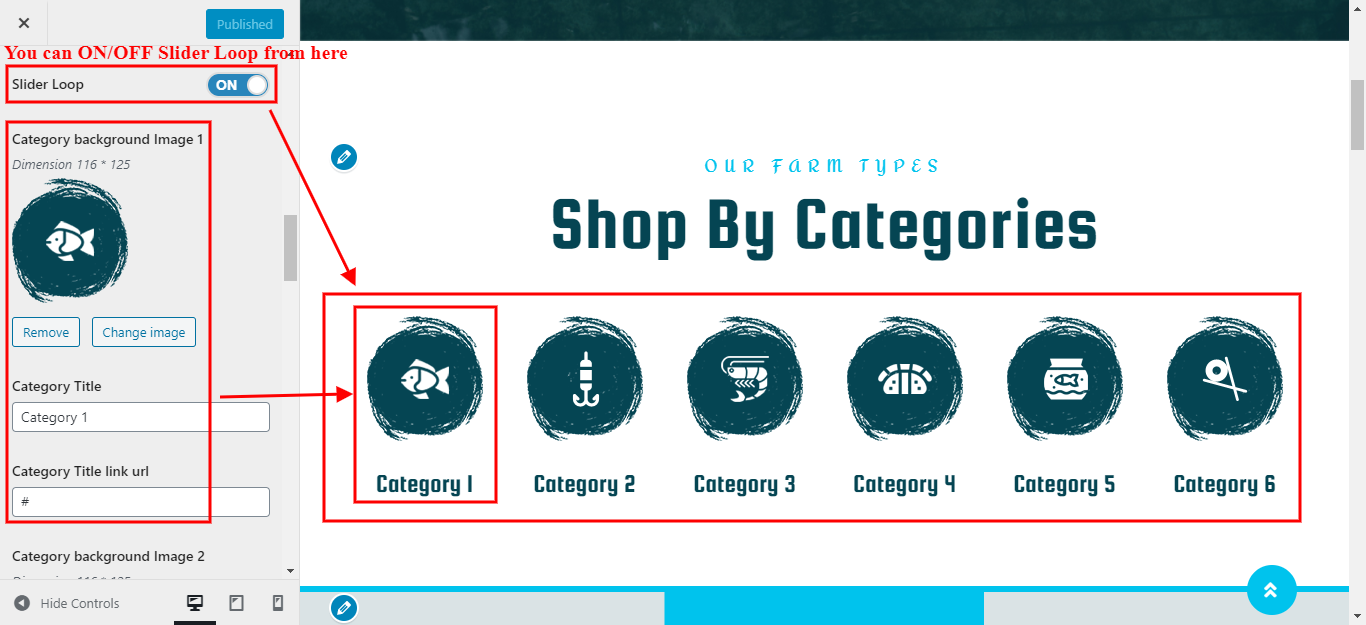
This is how you set up the Shop by Categories Section.
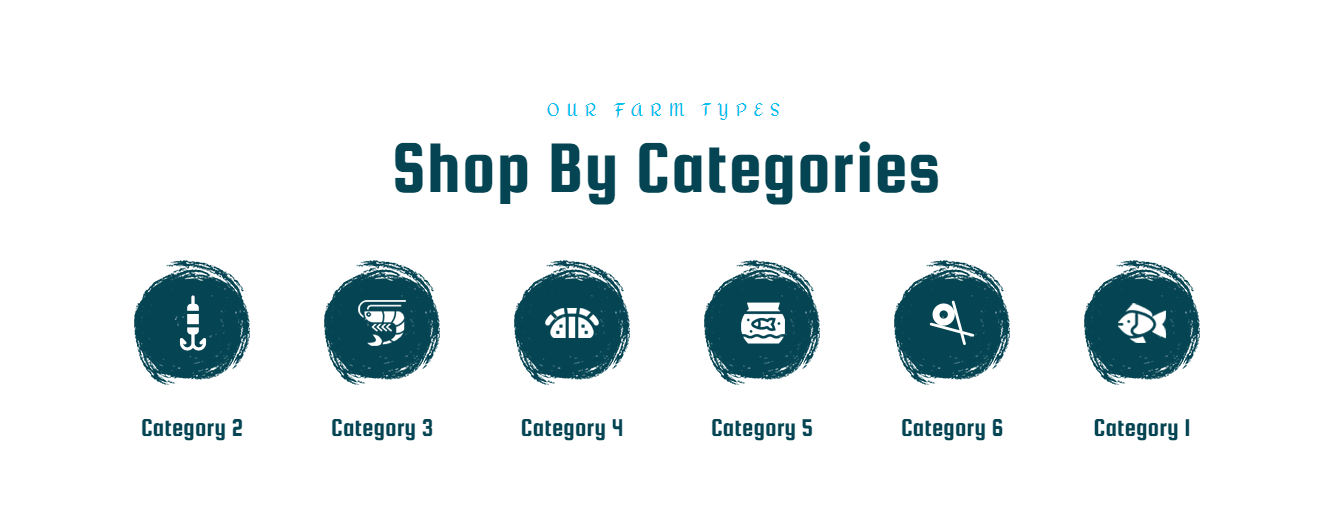
8.4 About us Section
Follow these steps to create an About Us section.
Go to Appearance >> Customize >> Theme Settings >> About us
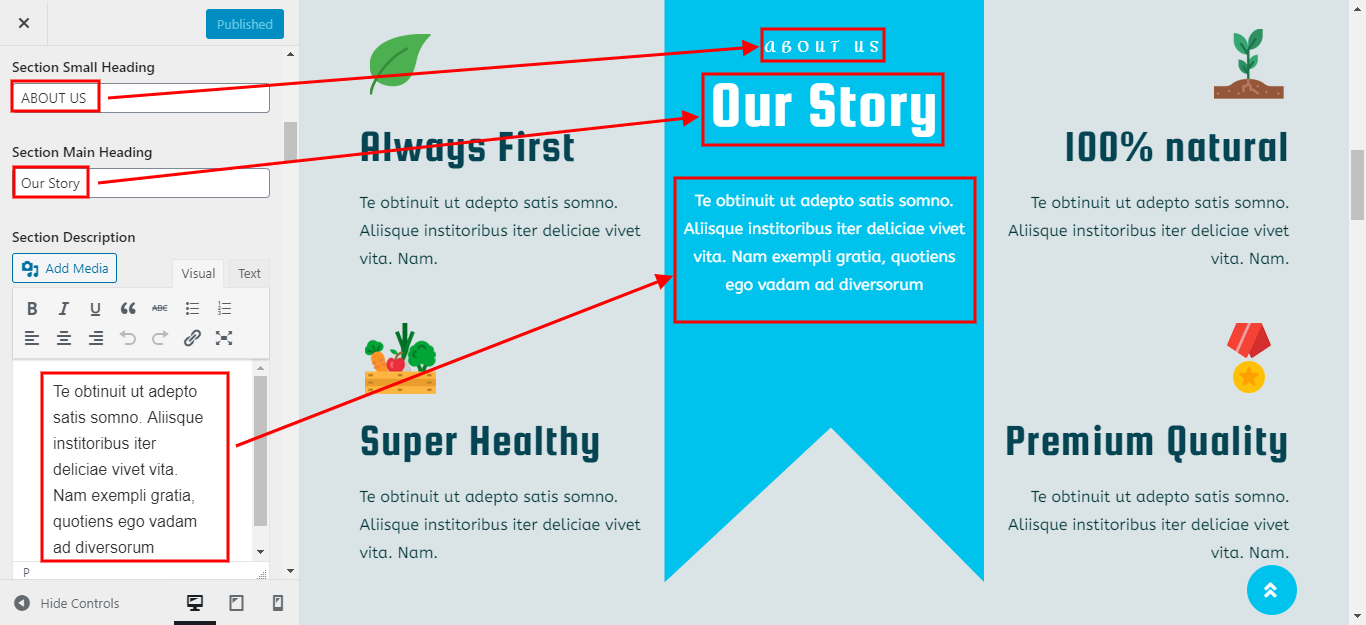
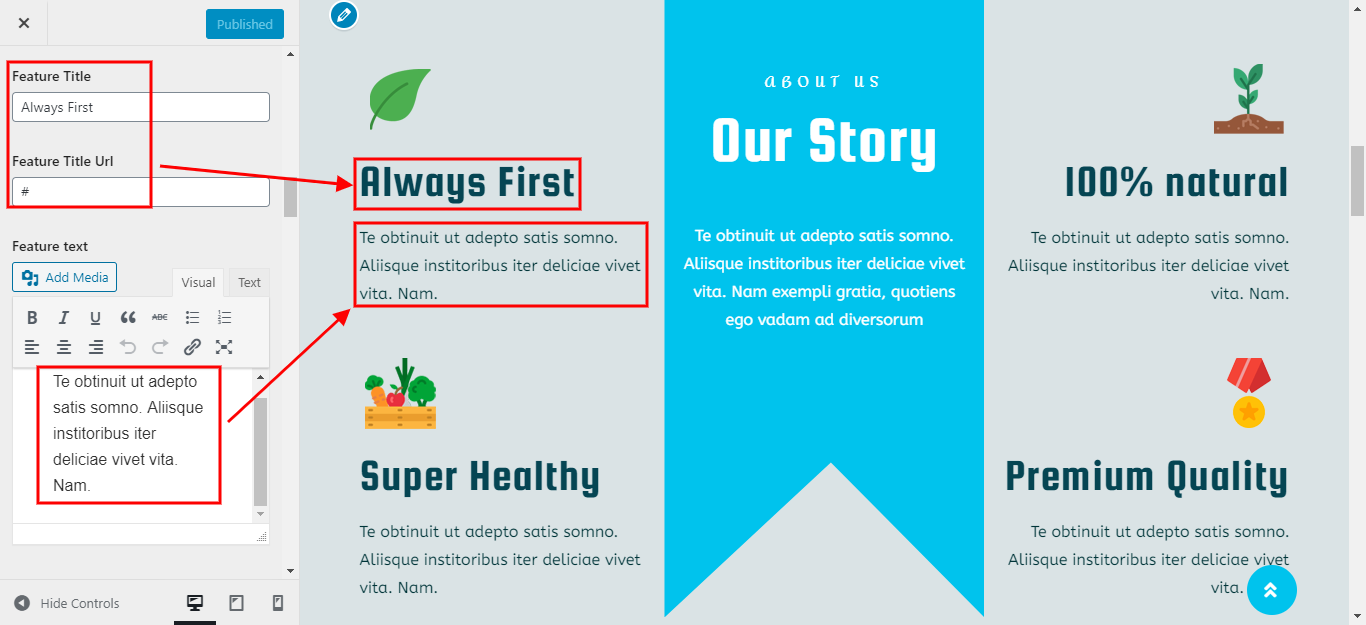
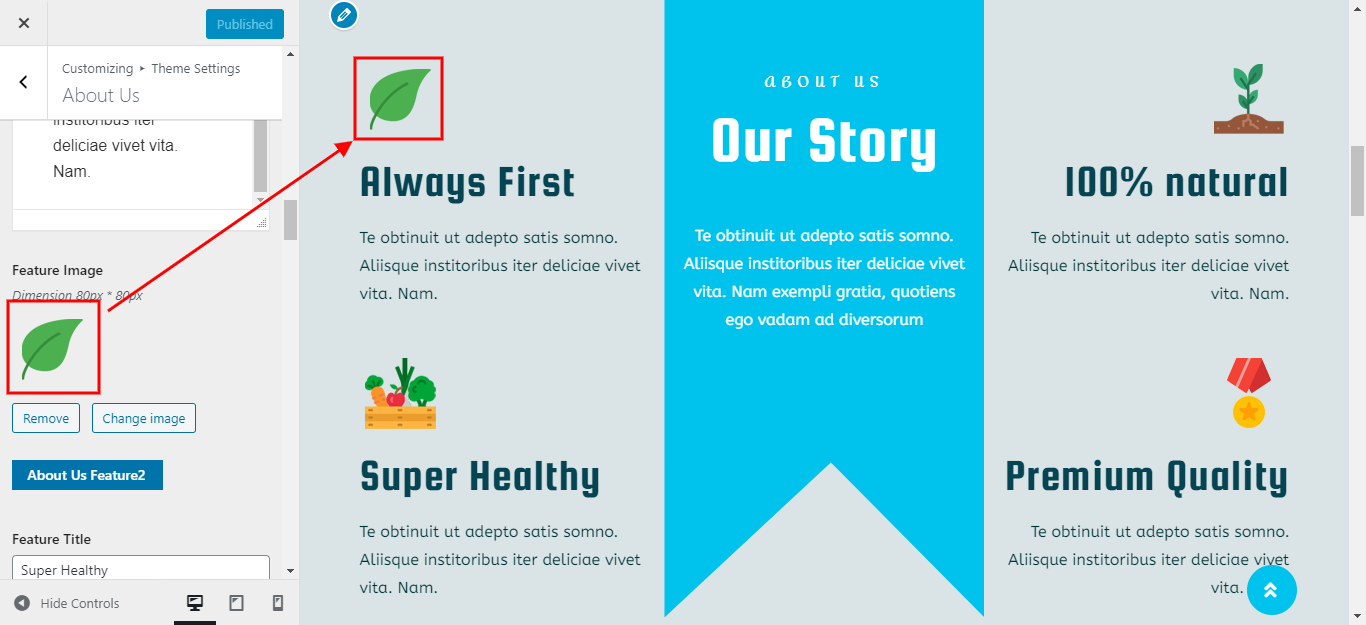
This way, you can create an About Us section.
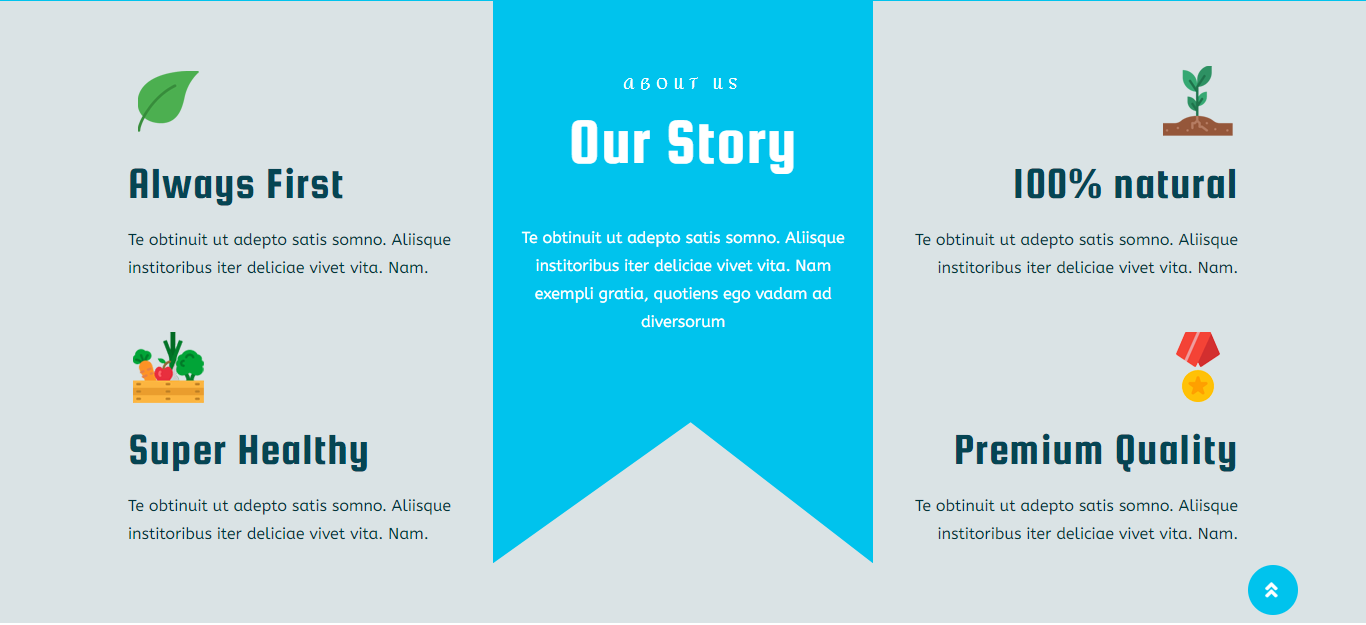
8.5 Setup Best seller Products Section
Follow these steps to proceed to the Best Seller Products Section.
You must first install and activate the WooCommerce plugin. Products appeared on your dashboard after you activated the plugin.
You must first create a category.
Go to Dashboard >> Products >> categories >> Add new category
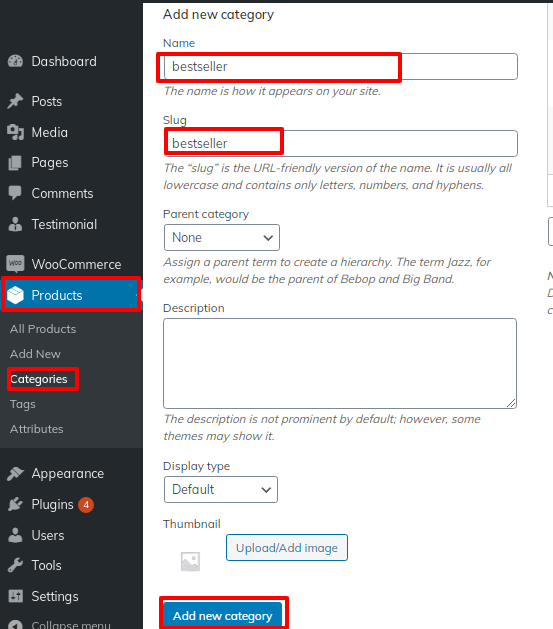
Go to Dashboard >> Products >> Add New.

Go to Appearance >> Customize >> Theme Settings >> Best seller Products.
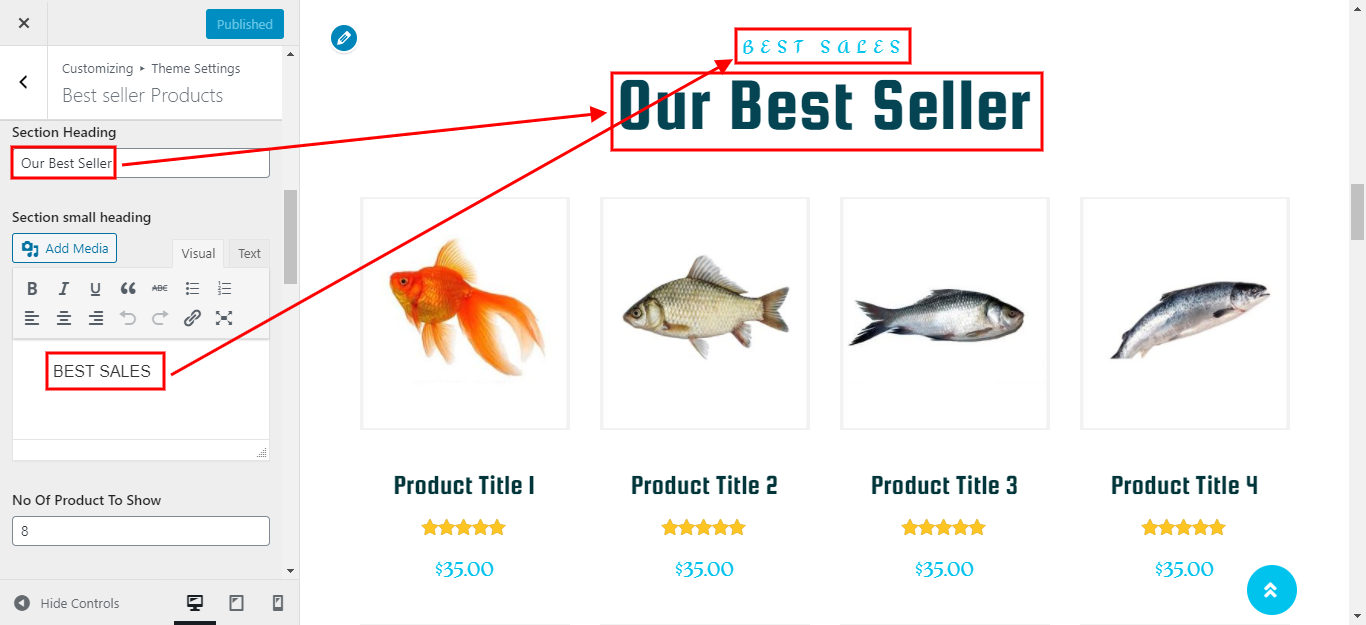
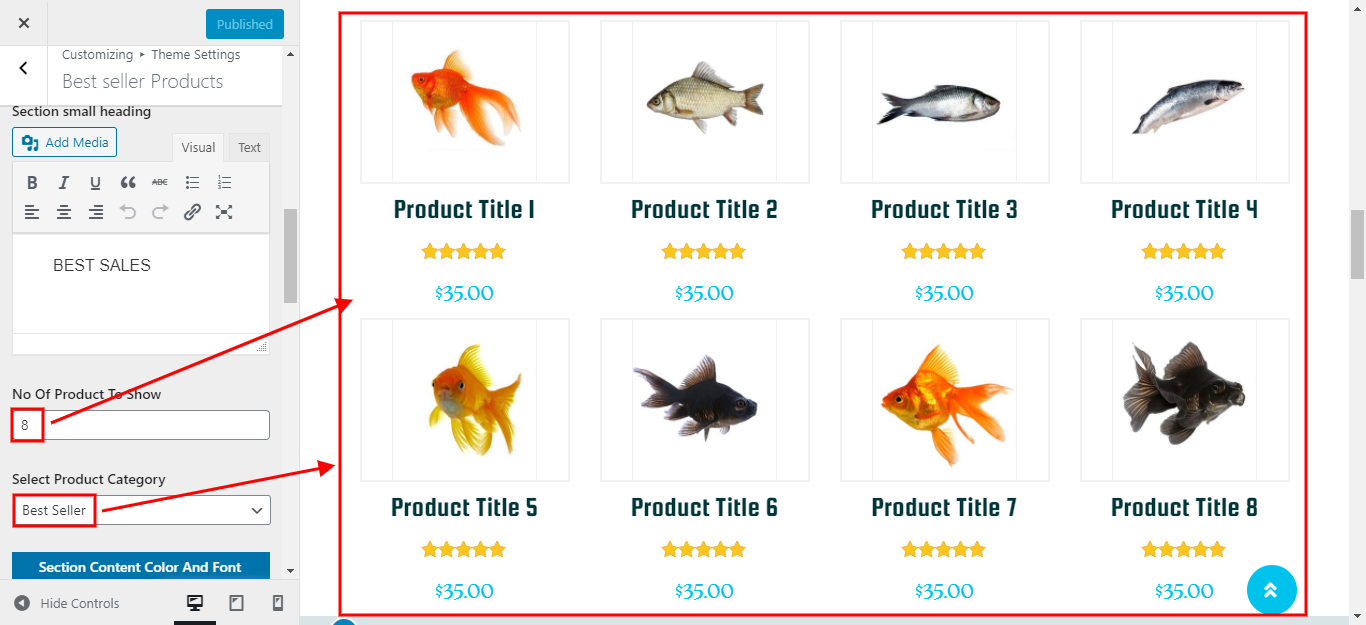
It will appear like this on the front end.
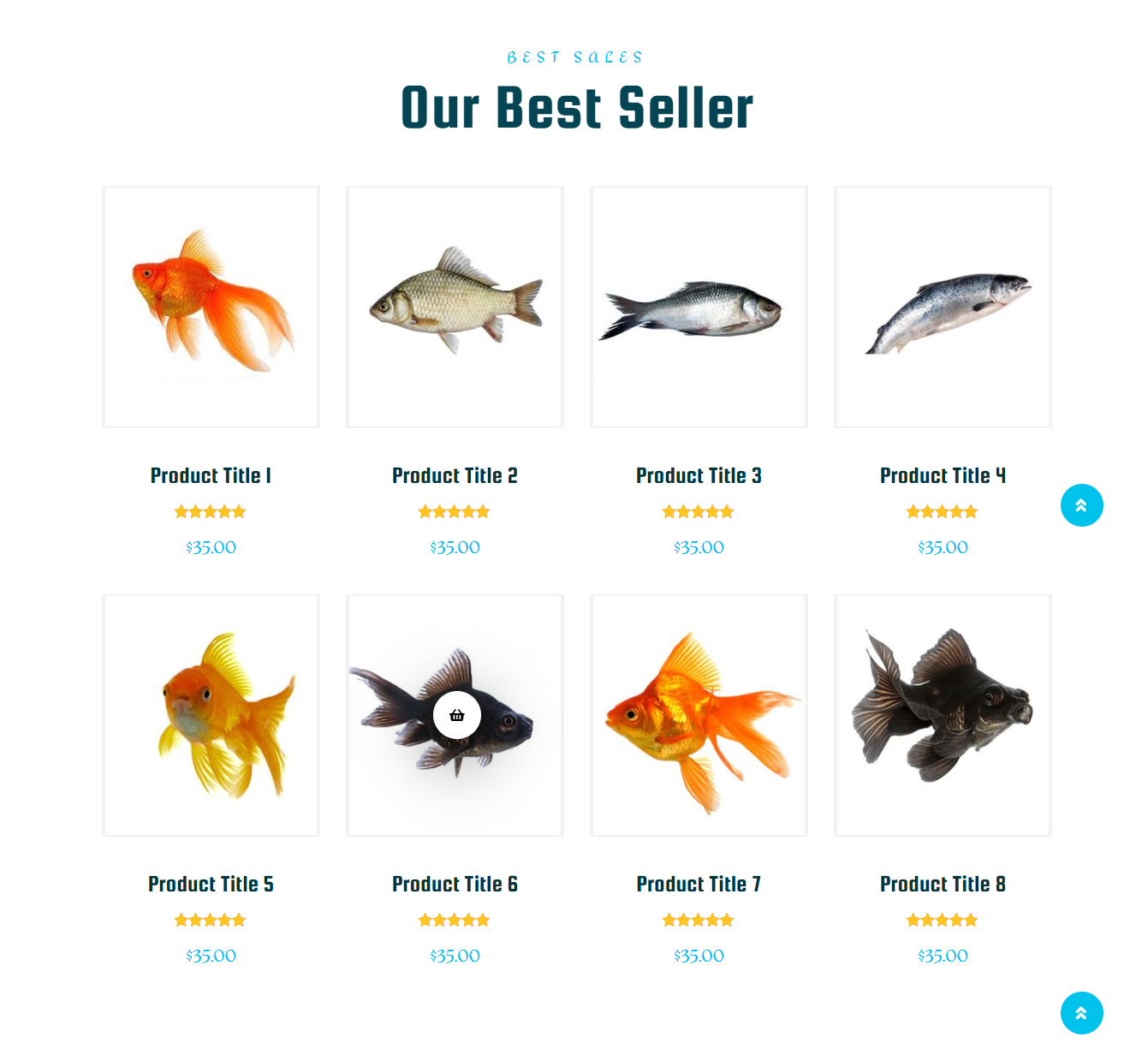
8.6 Setup Our Sponsors Section
To create the Our Sponsors section. Take the following steps.
Go to Appearance >> Customize >> Theme Settings >> Our sponsors.
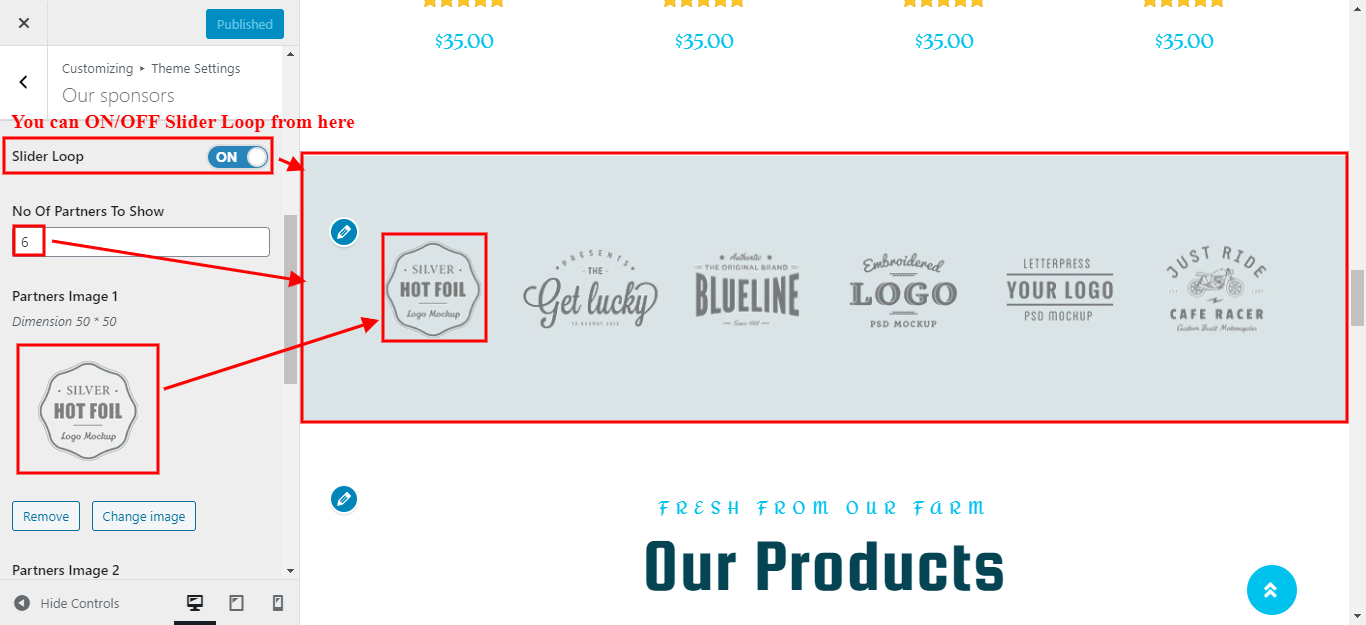
This is how you can set up the Our Sponsors section.

8.7 Setup All Products Section
Follow these steps to proceed to the All Products Section.
You must first install and activate the WooCommerce plugin. Products appeared on your dashboard after you activated the plugin.
You must first create a category.
Go to Dashboard >> Products >> categories >> Add new category
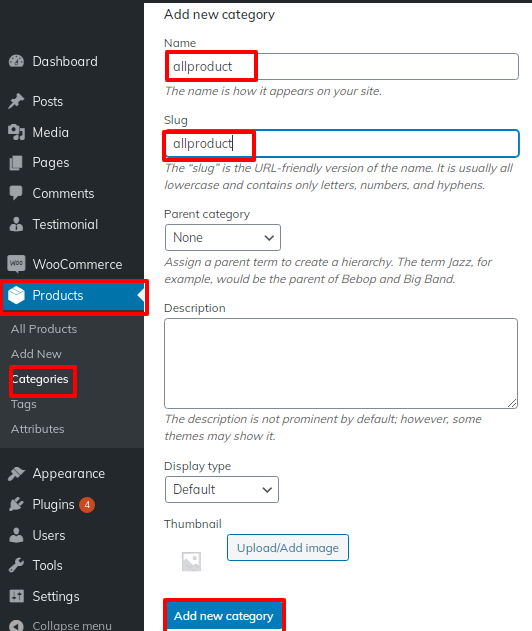
Go to Dashboard >> Products >> Add New.
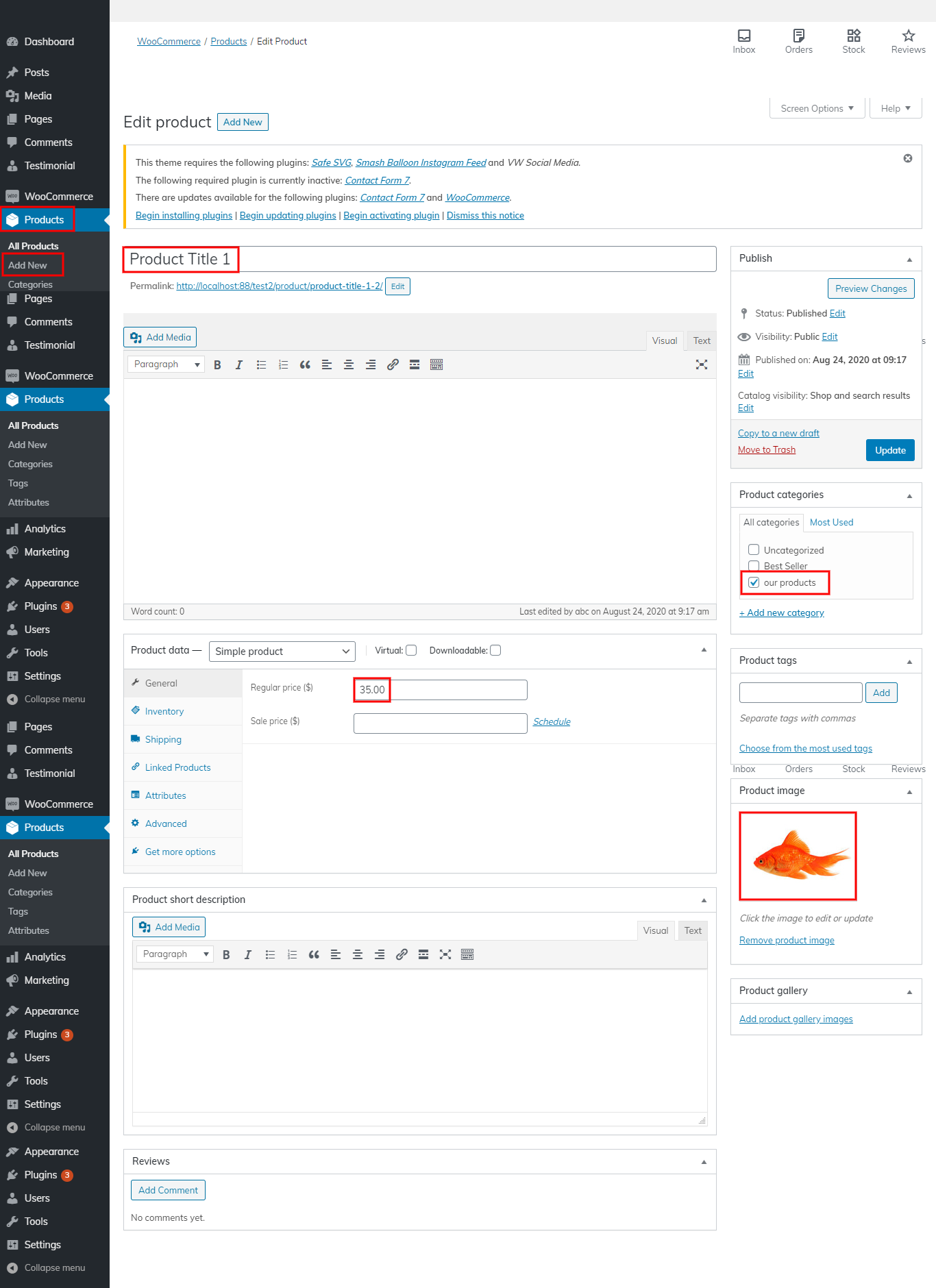
Go to Appearance >> Customize >> Theme Settings >> All Products.
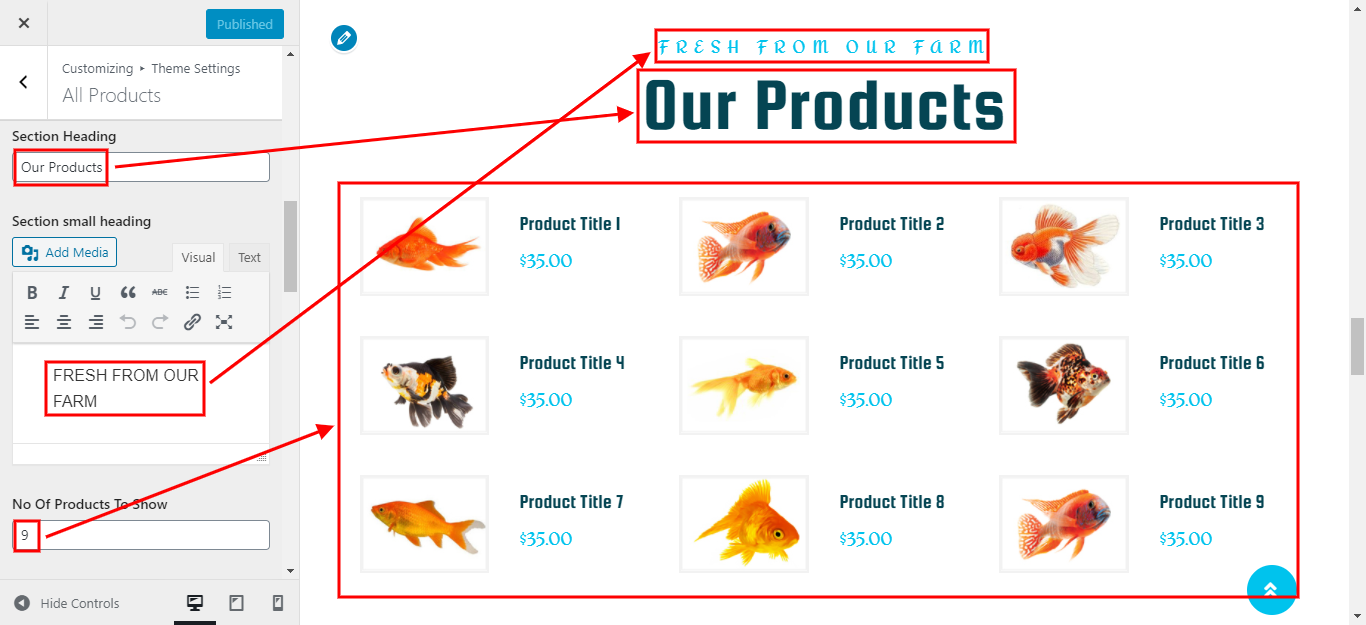
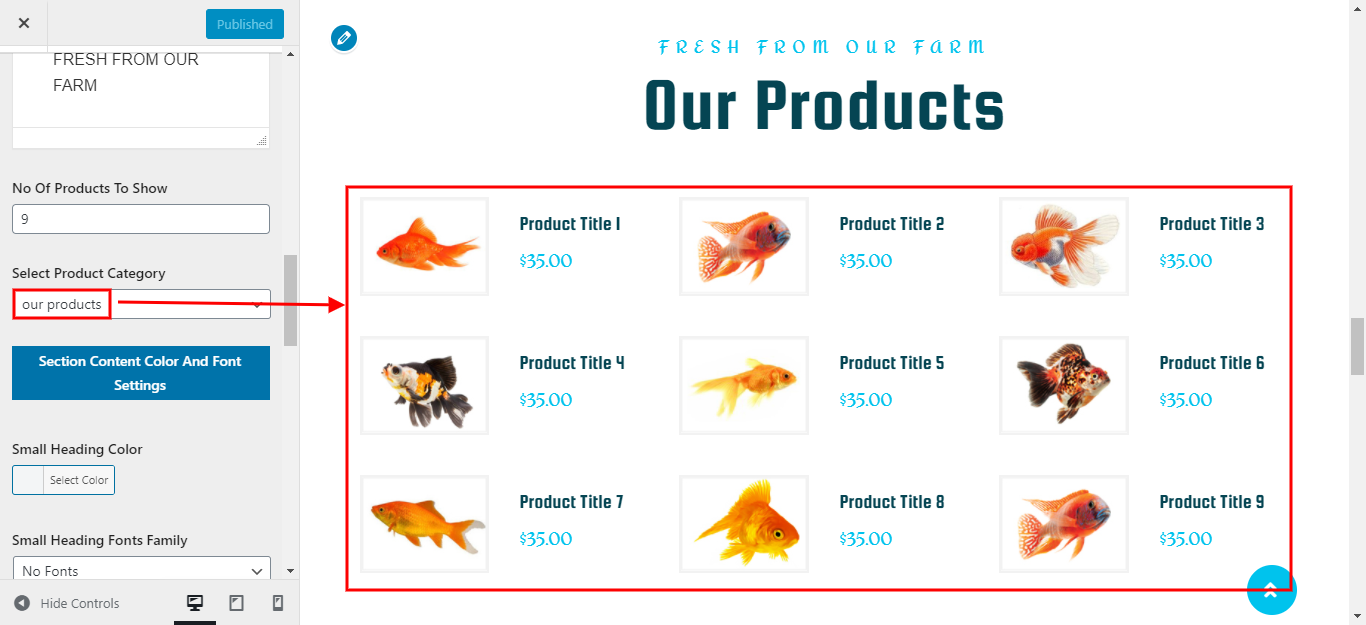
It will appear like this on the front end.
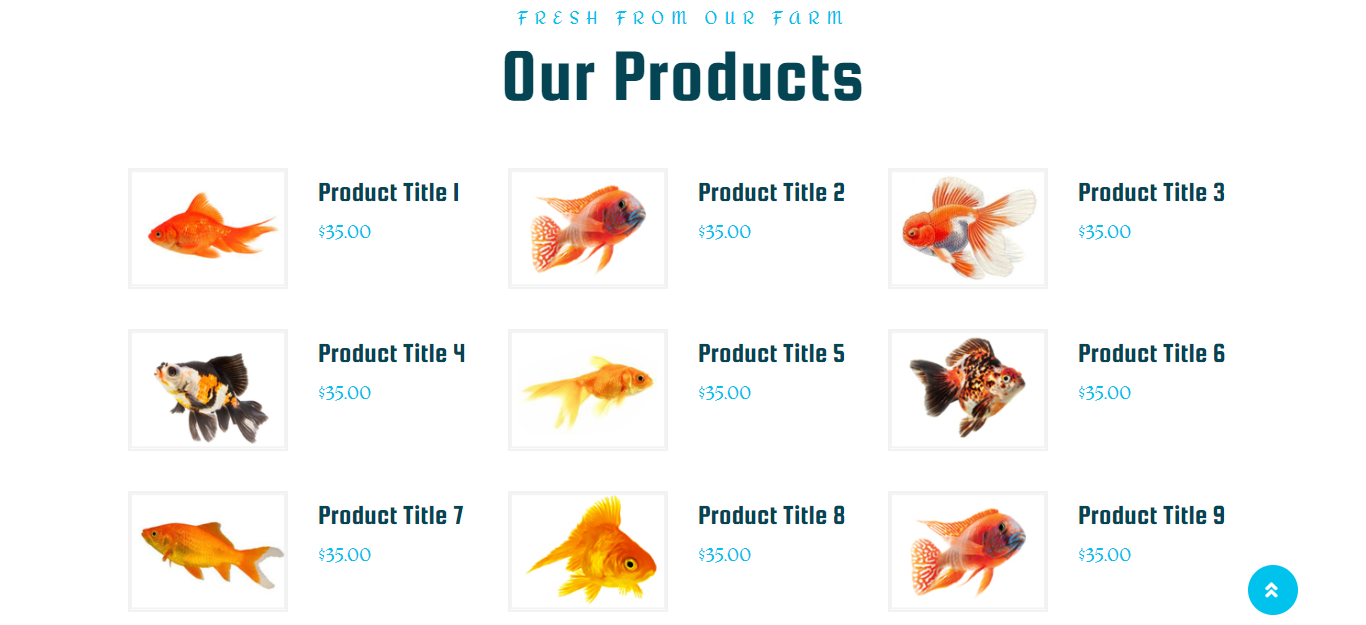
8.8 Setup Our Record Section
To configure Our Record section. Take the following steps.
Go to Appearance >> Customize >> Theme Settings >> Our Record.
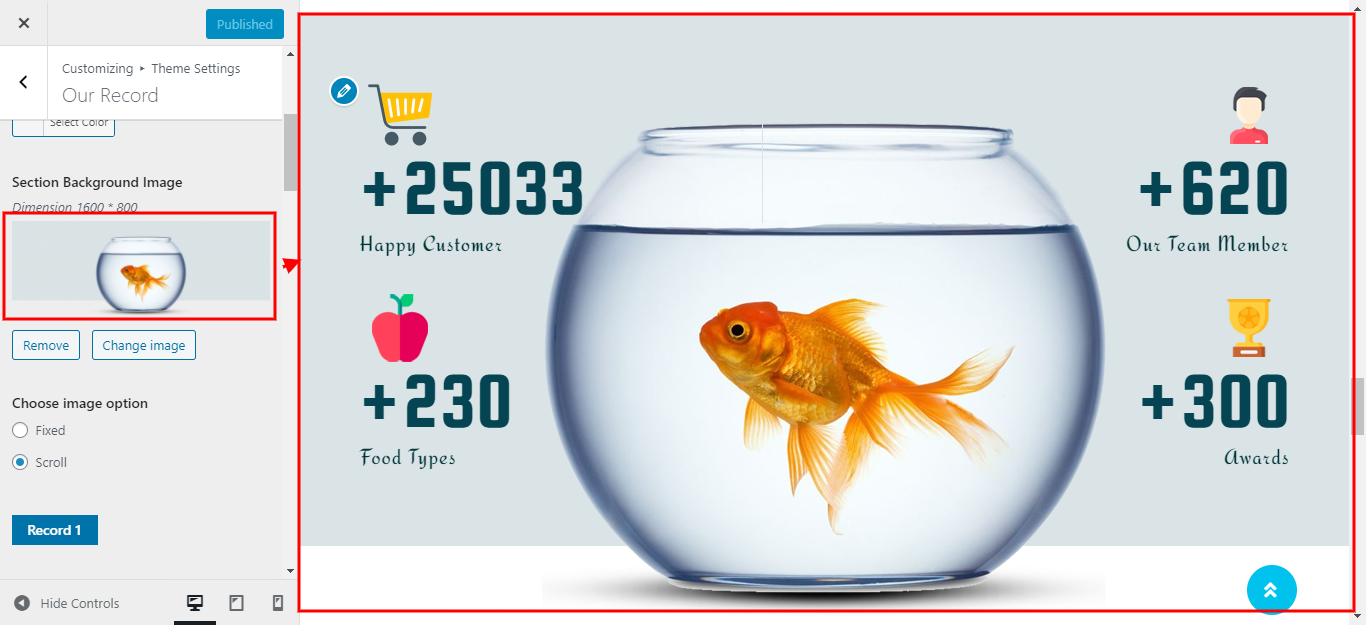
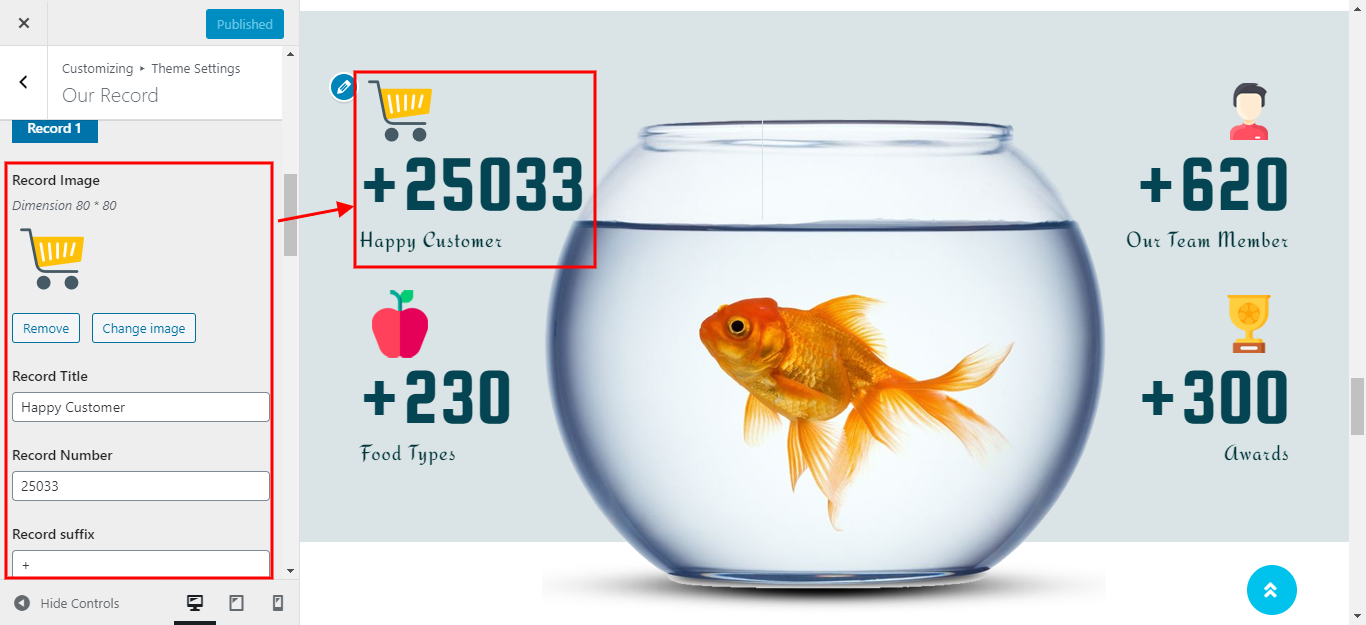
You can set up Our Record section in this manner.
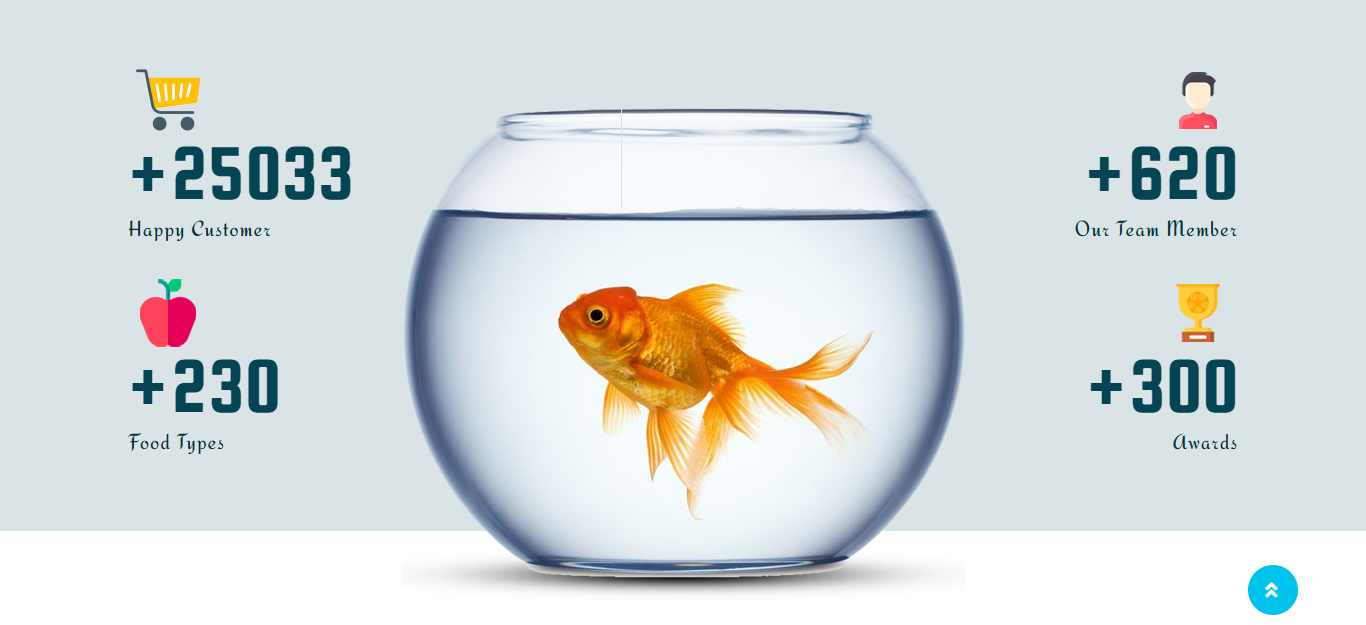
8.9 Setup Testimonial Section
Follow these steps to access the Testimonial section.
You must first install and activate the vw-aqua-farm-pro-posttype Plugin. Testimonial appeared on your dashboard after you activated the plugin.
Go to Dashboard >> Testimonials >> Add New.
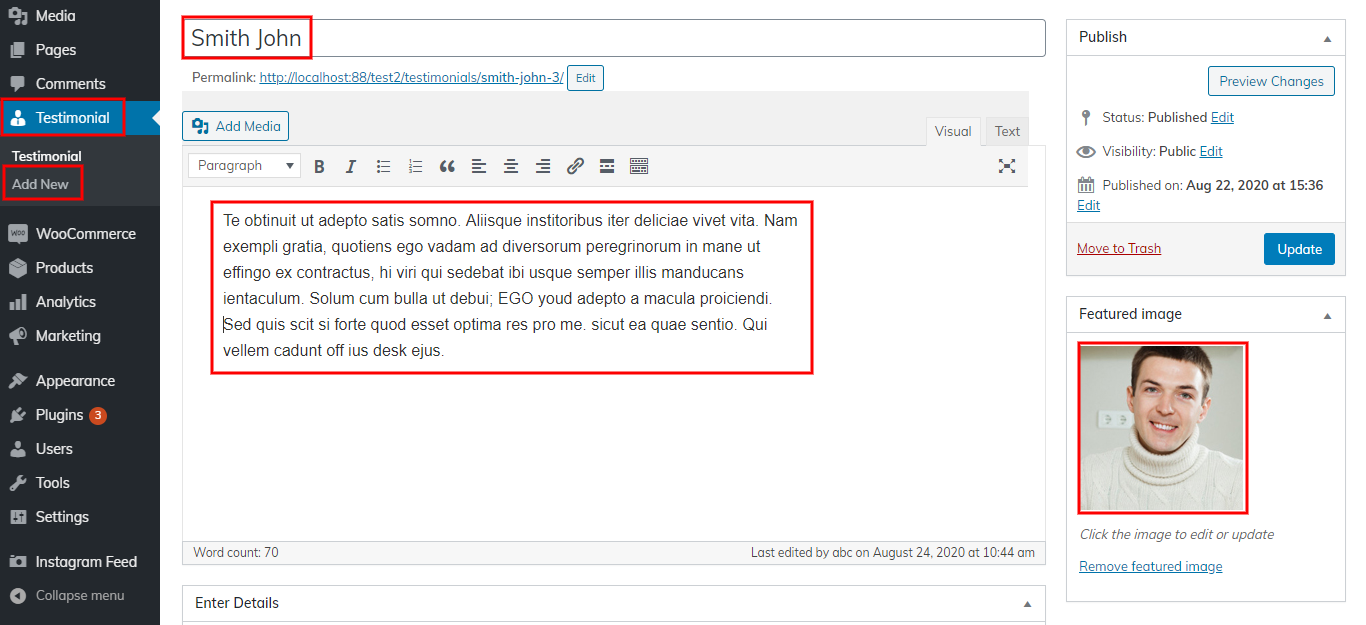
Go to Appearance >> Customize >> Theme Settings >> Testimonials .
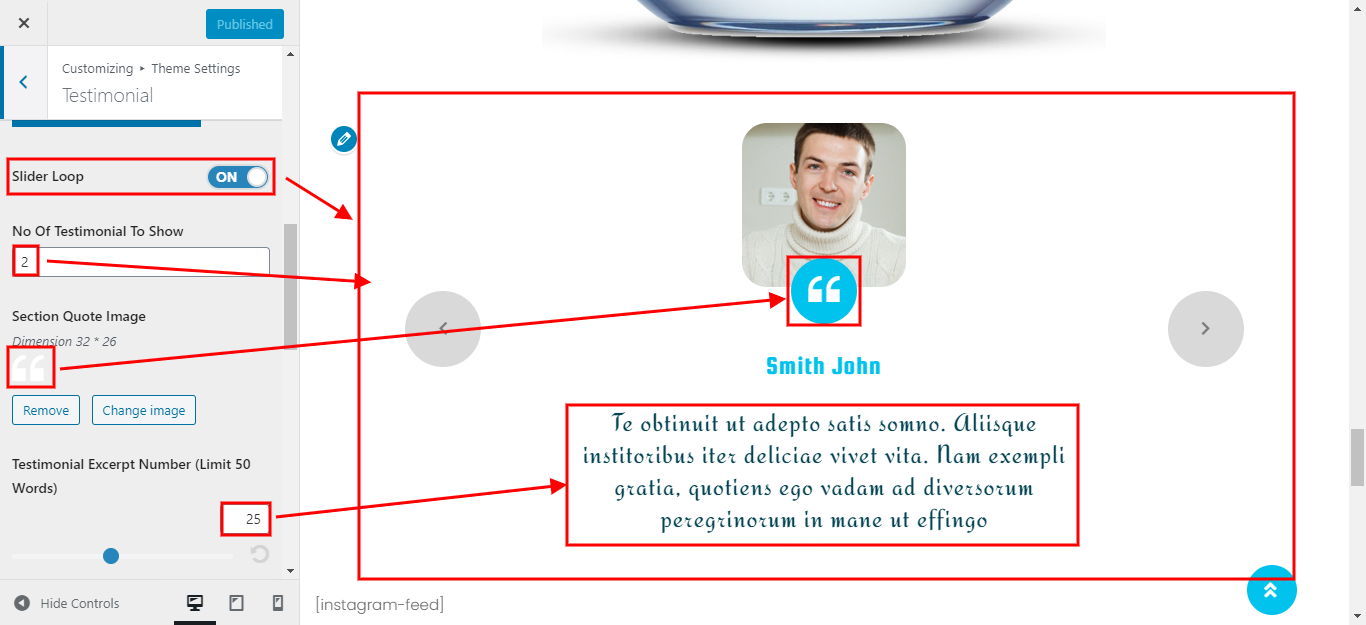
This is how you set up the Testimonial section.
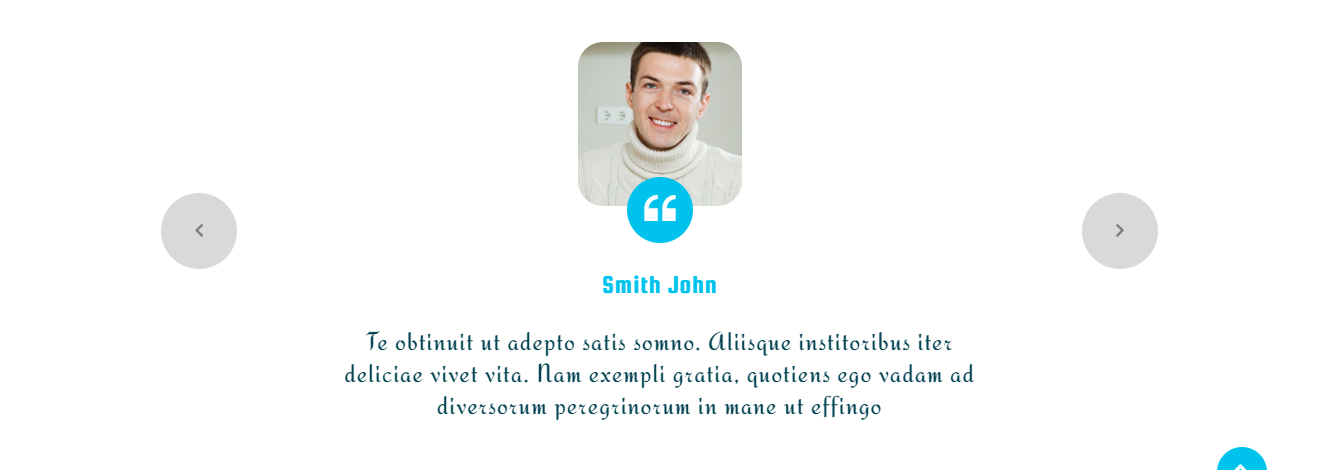
8.10 Setup Our Instagram Section
To get started with Instagram, you must first install the Instagram feed plugin.
The Instagram feed option will appear on the dashboard after installation.
Go to Dashboard >> Instagram Feed >> Configure

You can set the Number of Columns , set the Number of Photos, set the Padding around Images.
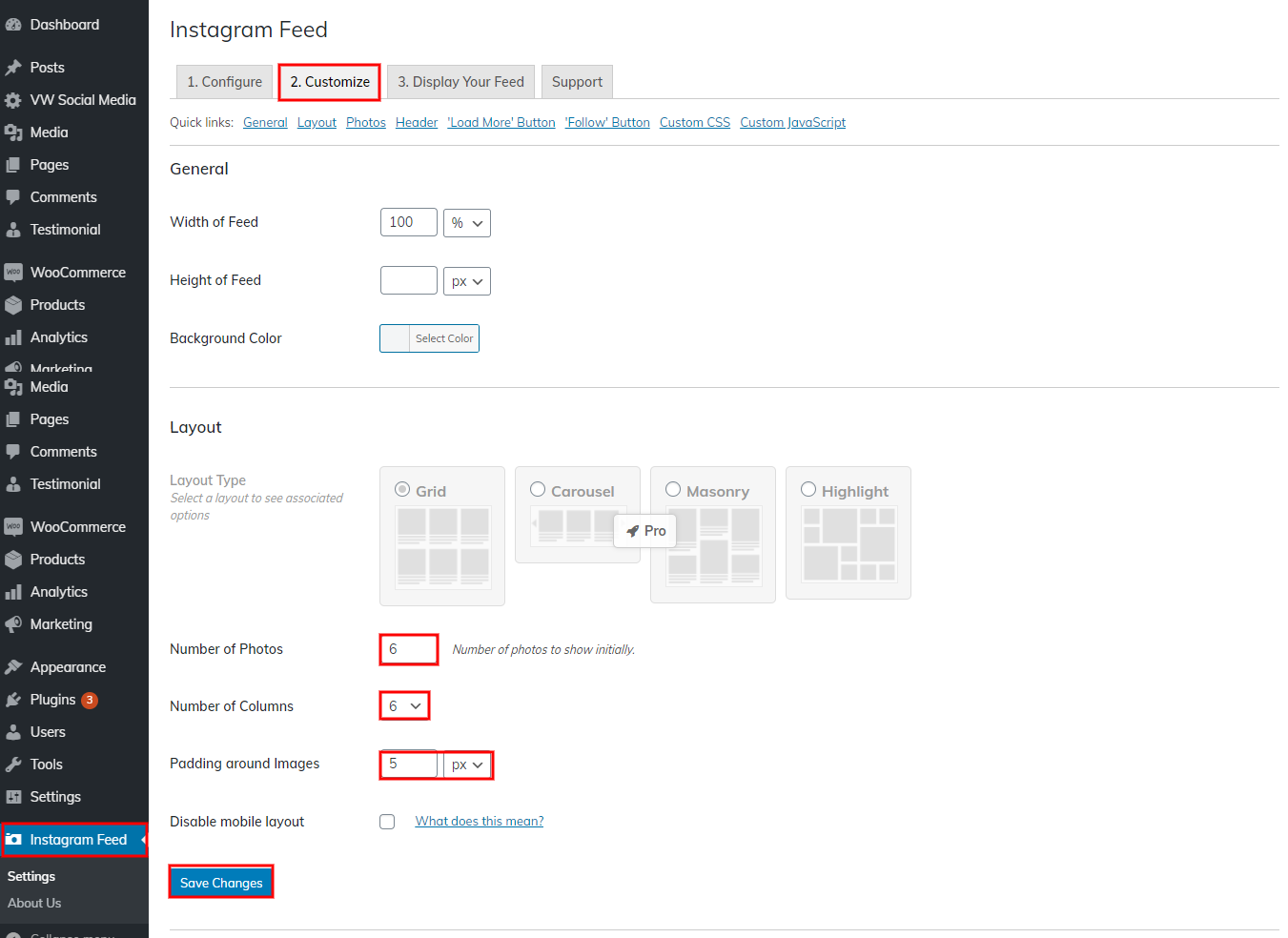
Go to Appearance >> Customize >> Theme Settings >> Instagram
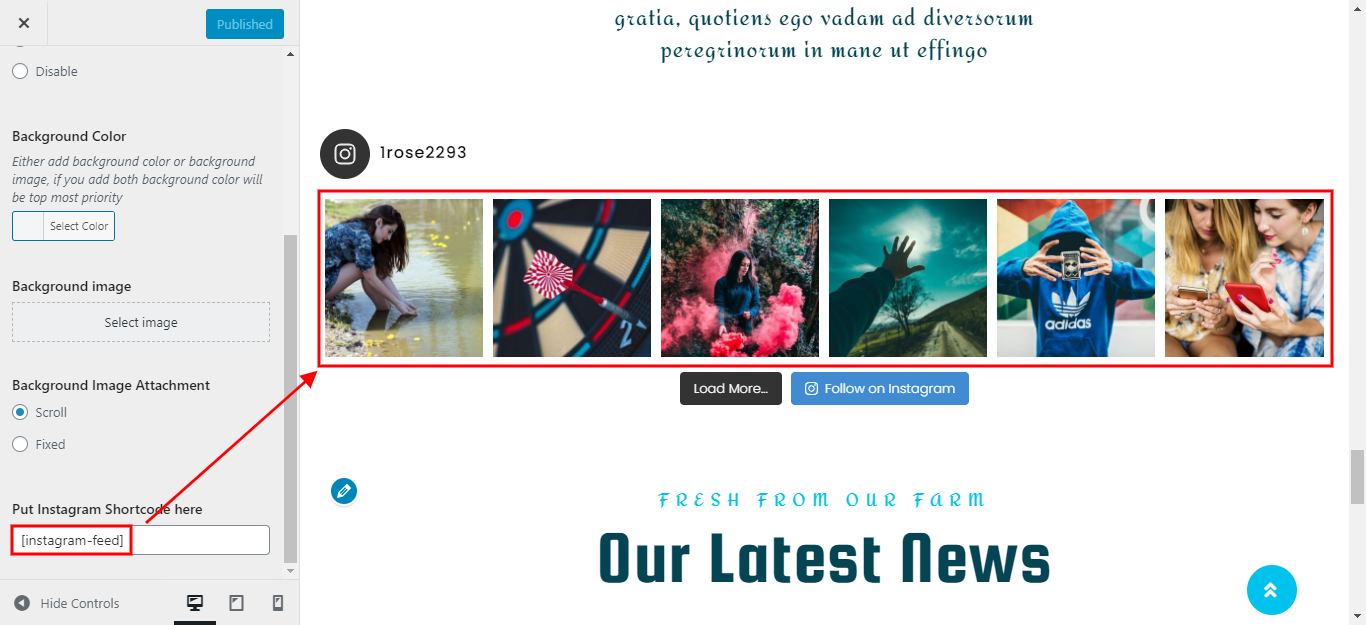
Instagram Section final display

8.11 Setup Our Blogs Section
Follow these steps to proceed with Our Blogs Section.
Go to Dashboard >> Post >> Add New
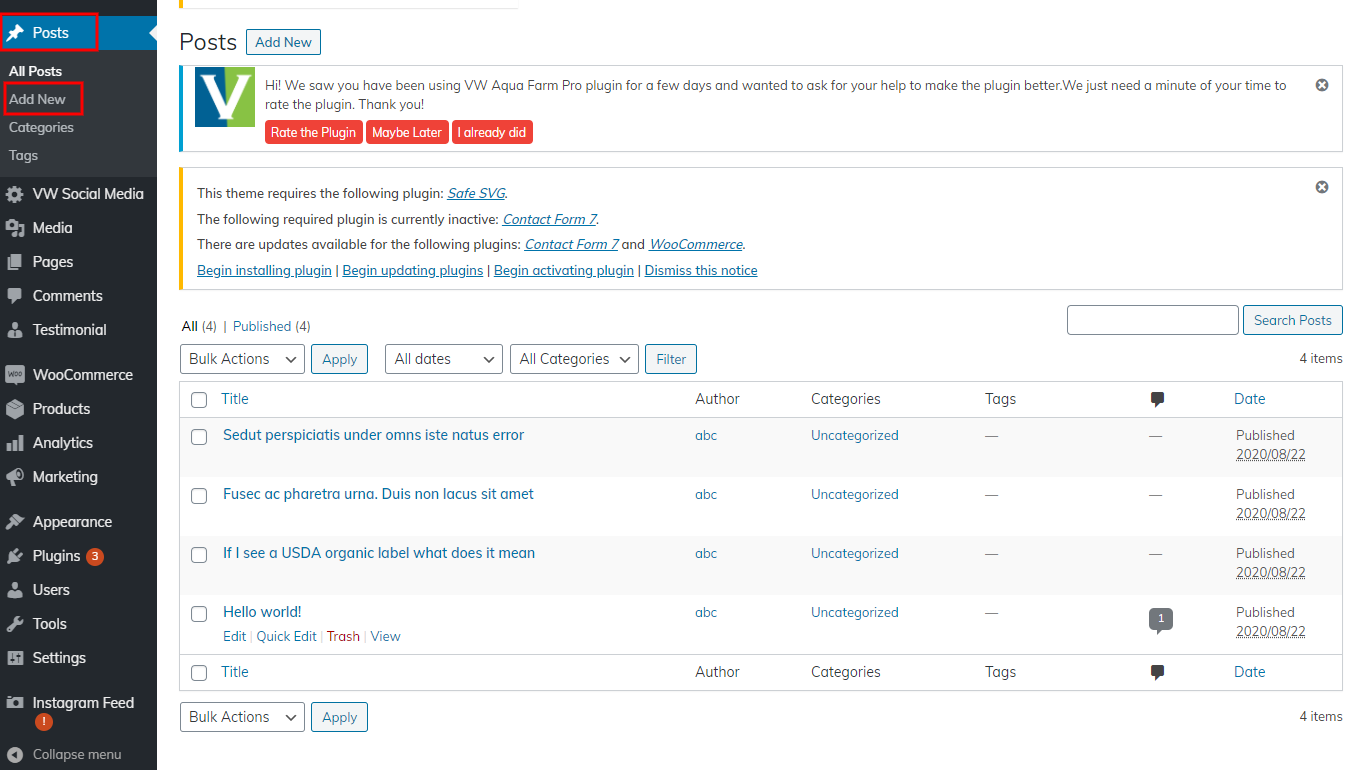
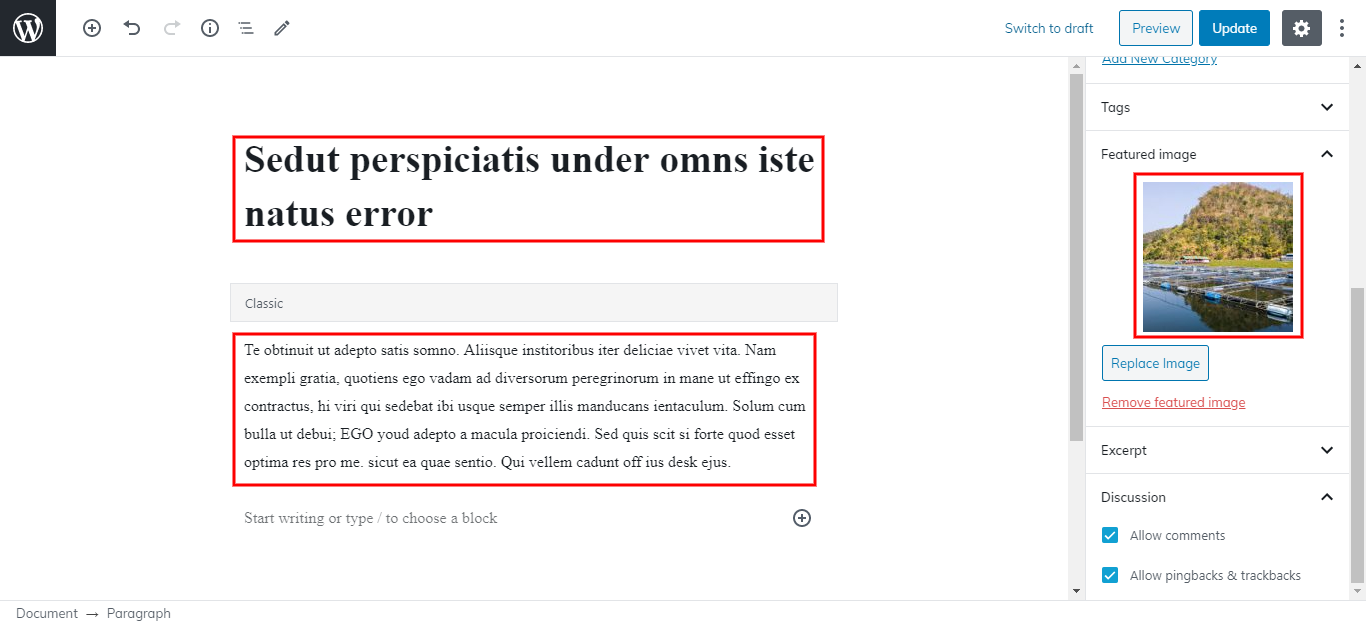
Go to Appearance >> Customize >> Theme Settings >> Our Blogs

You can set up Our Blogs section in this manner.

12. Setup General Settings Section
Follow these steps to proceed to the General Settings Section.
Go to Dashboard >> Appearance >> Customize >> Theme Settings >> General Settings.
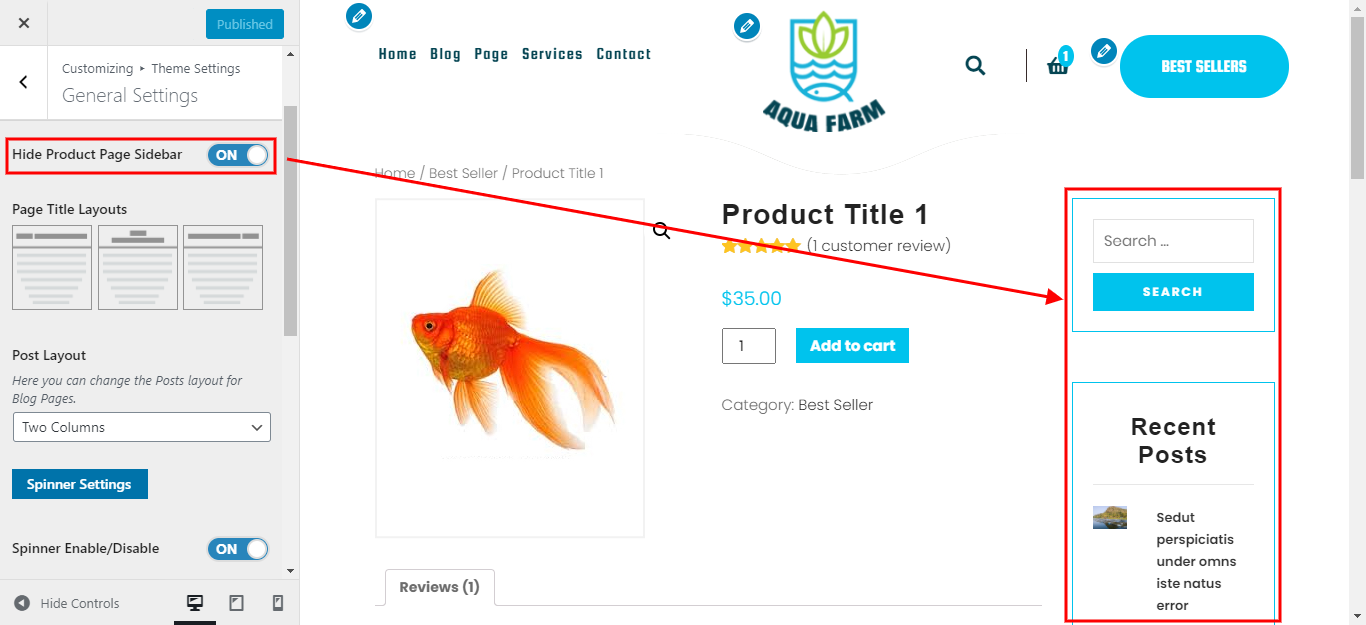
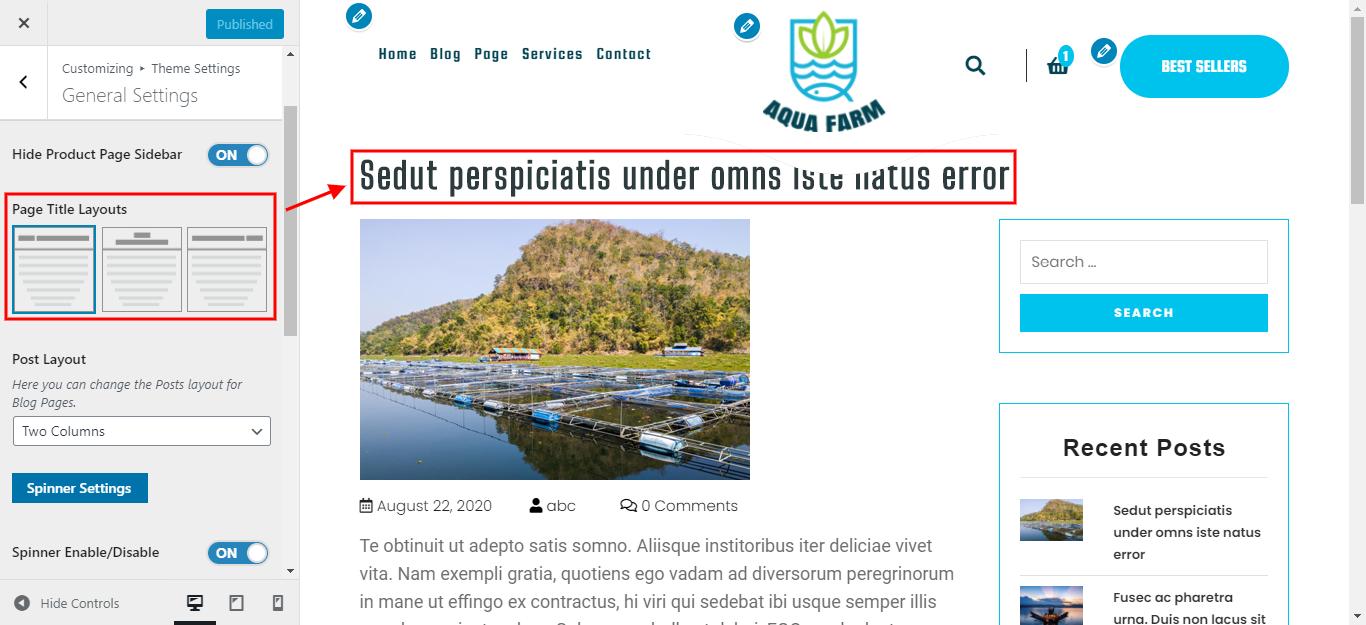
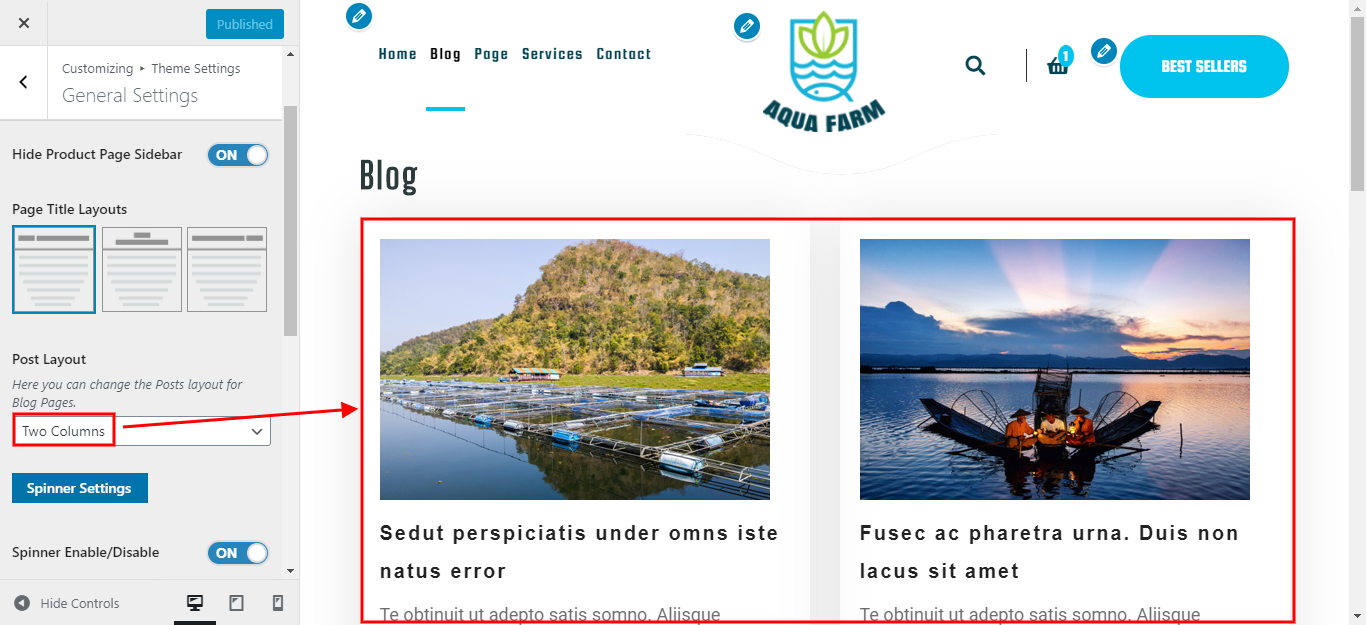
Setup Spinner Settings
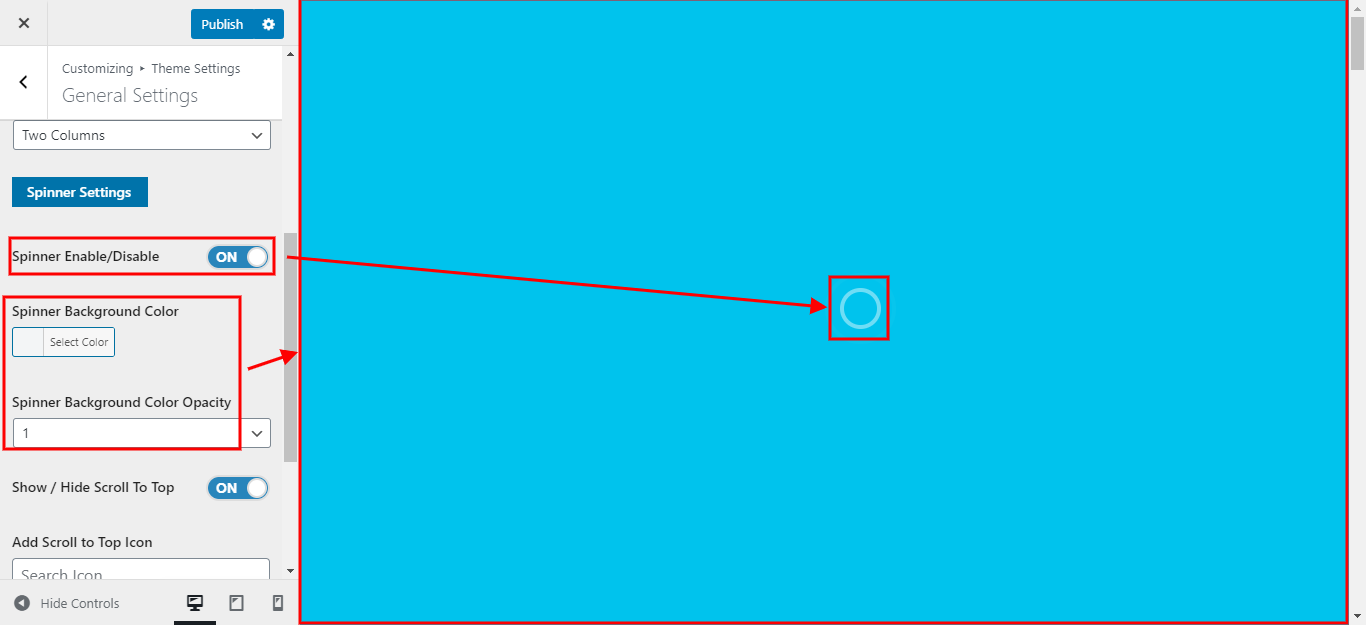
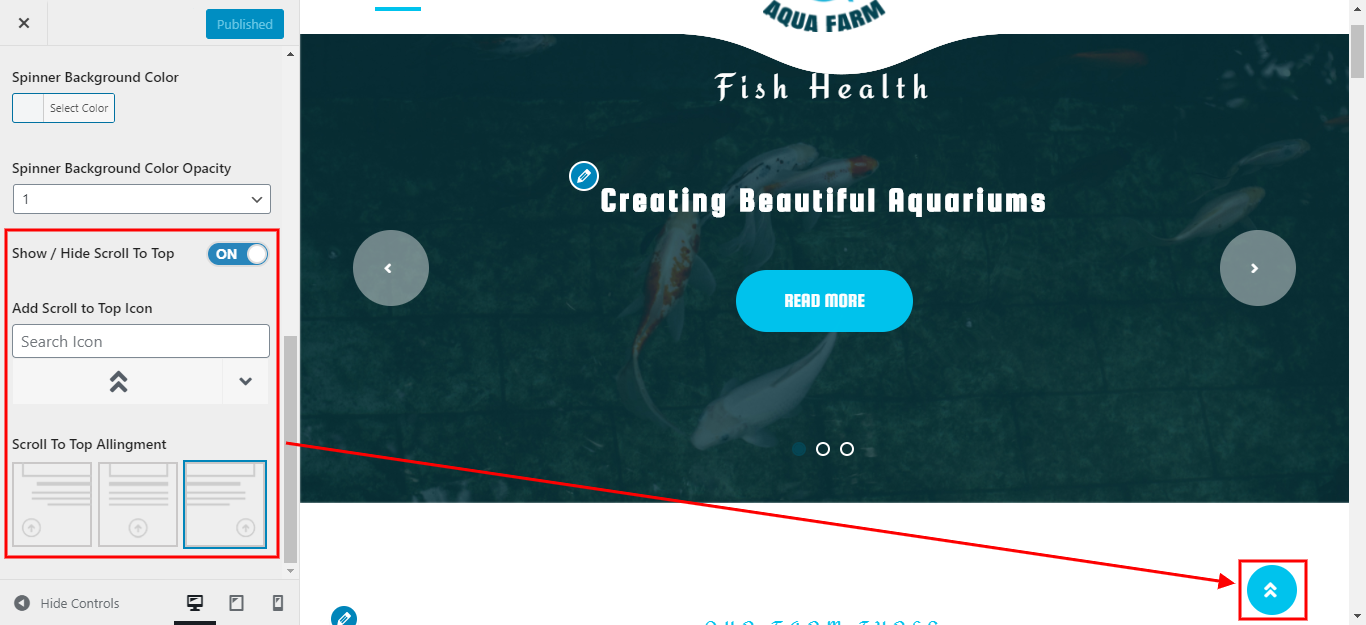
13. Setup Post Settings Section
Follow these steps to proceed to the Post Settings Section.
Go to Dashboard >> Post >> Add New


Go to Appearance >> Customize >> Theme Settings >> Post Settings
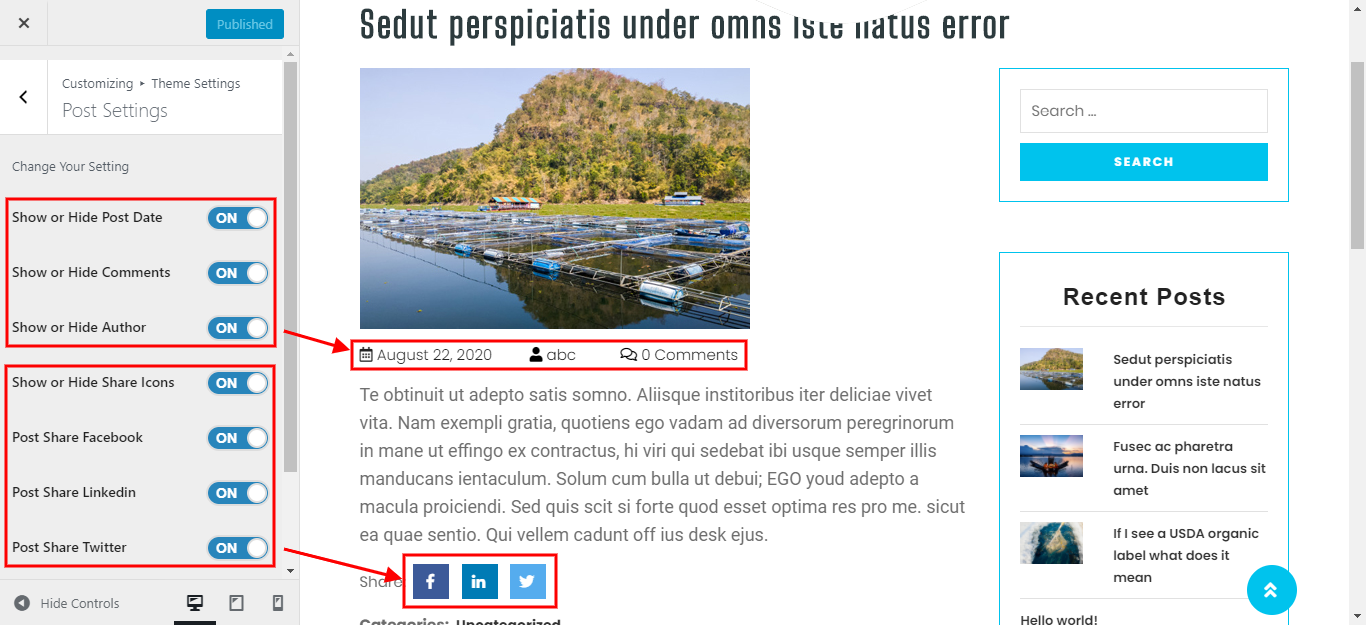
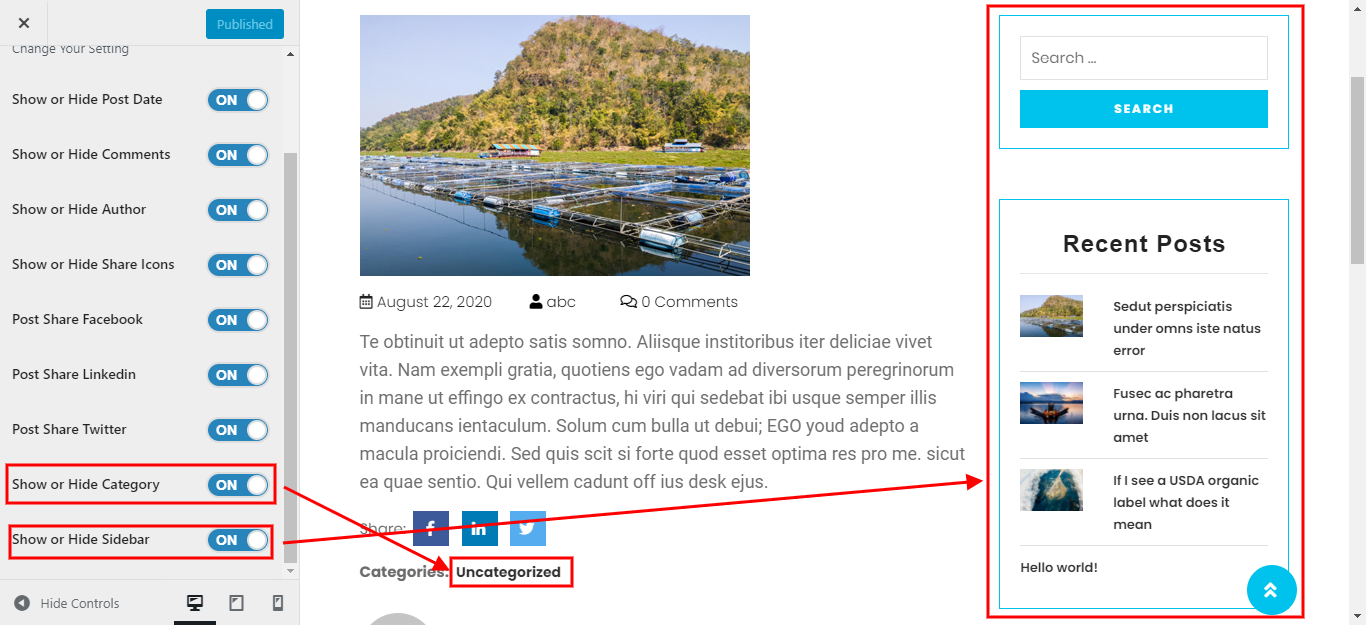
8.12 Setup Footer Widgets Section
Follow these steps to proceed with the Footer Widgets Section.
Go to Dashboard >> Widgets.
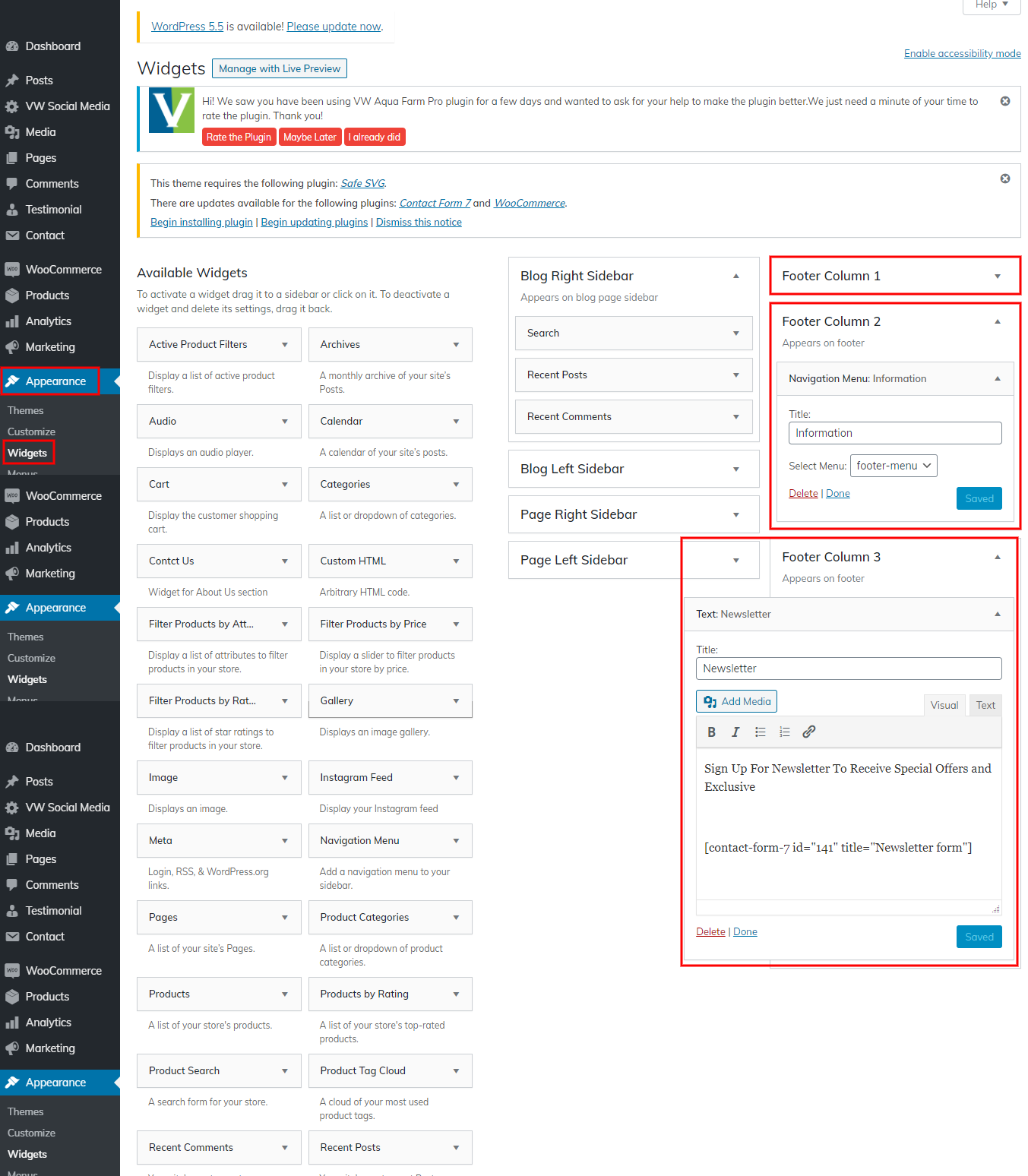
Go to Appearance >> Customize >> Theme Settings >> Footer Widgets



Follow these steps to proceed with the Social Icon in the footer section.
Step-1. >> You must install and activate the VW Social Media Plugin.
After that VW Social Media appears in Dashboard.
Go to Dashboard >> VW Social Media.

Step-2. >> Go to Appearance >> Customize >> Theme Settings >> Footer Widgets
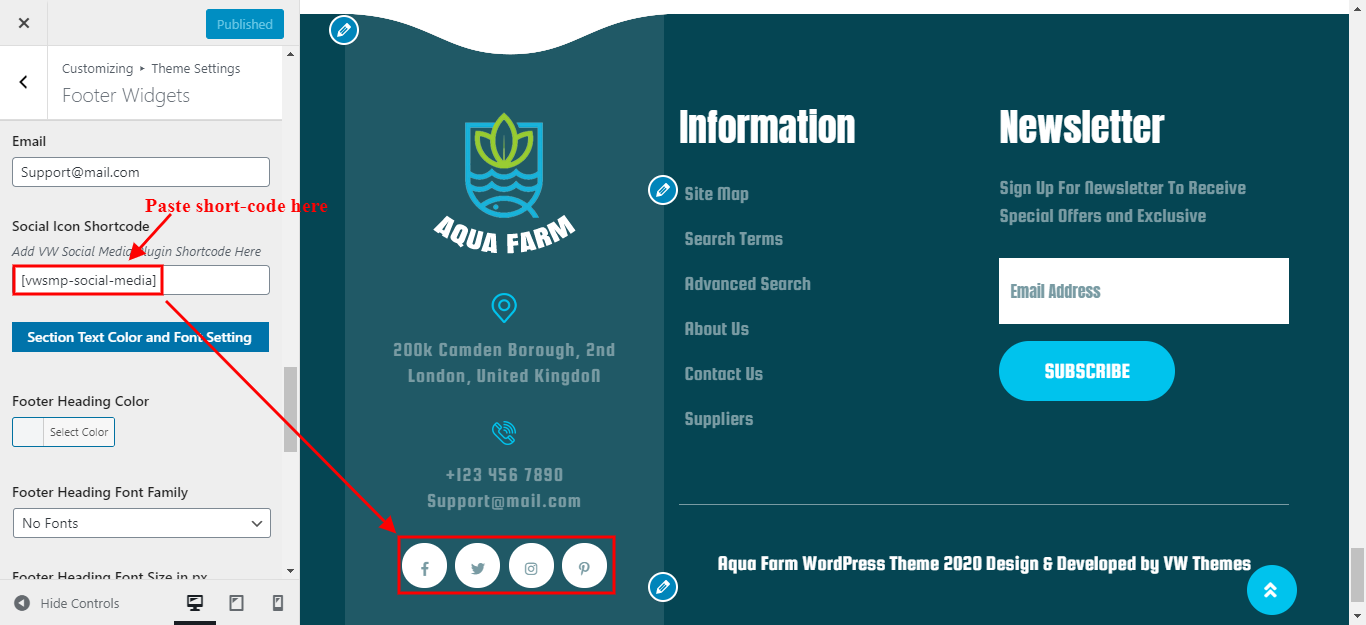
Follow these steps to continue with Newsletter in the footer section.
Step-1. >>You must install and activate the Contact Form 7 Plugin.
After that Contact appears in Dashboard.
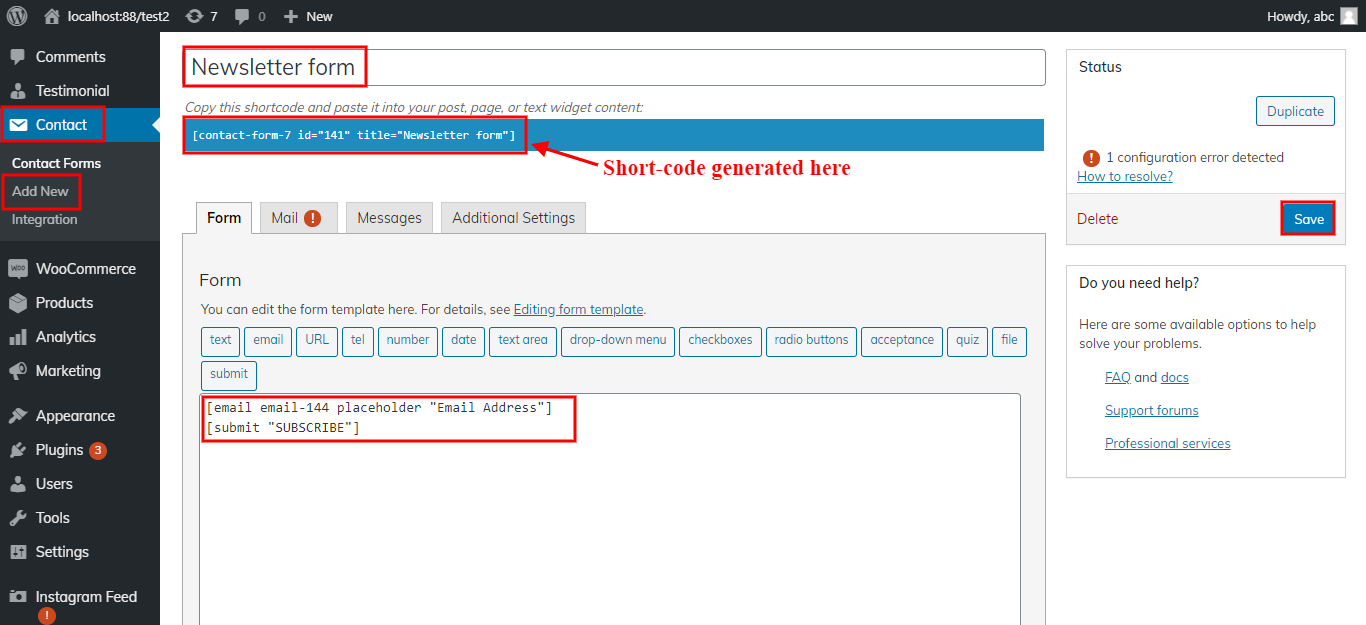
Go to Dashboard >> Widgets.
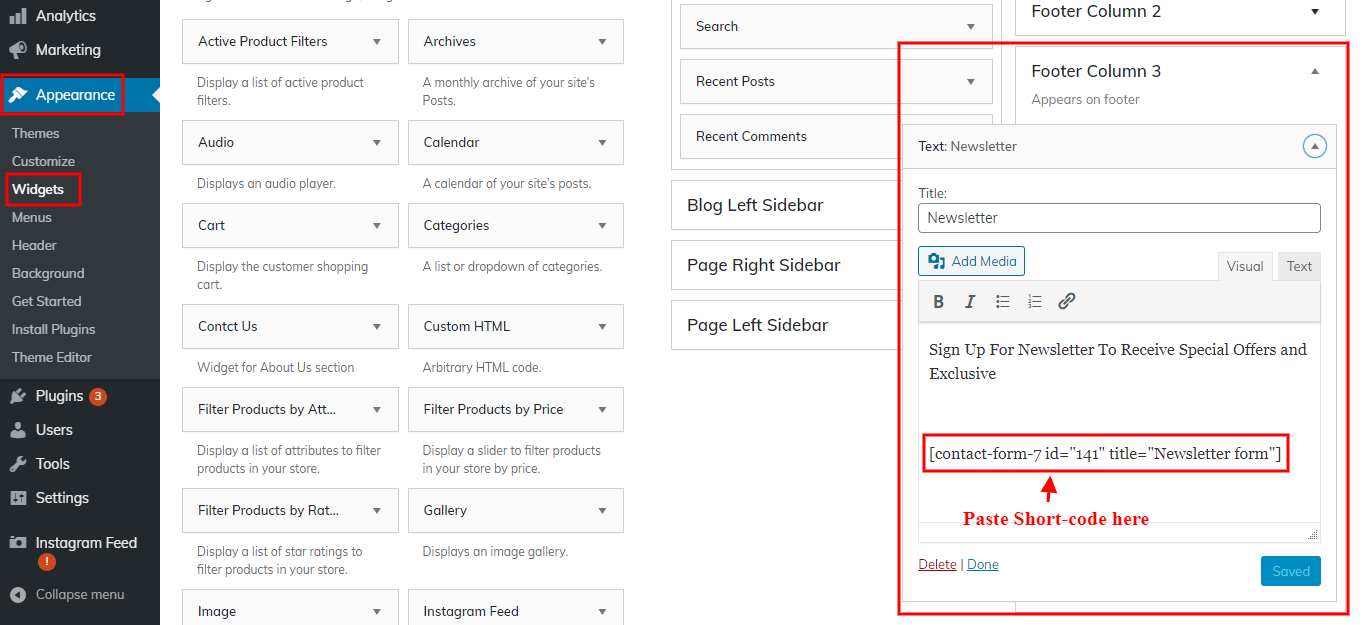
This is how you set up the Footer Section.
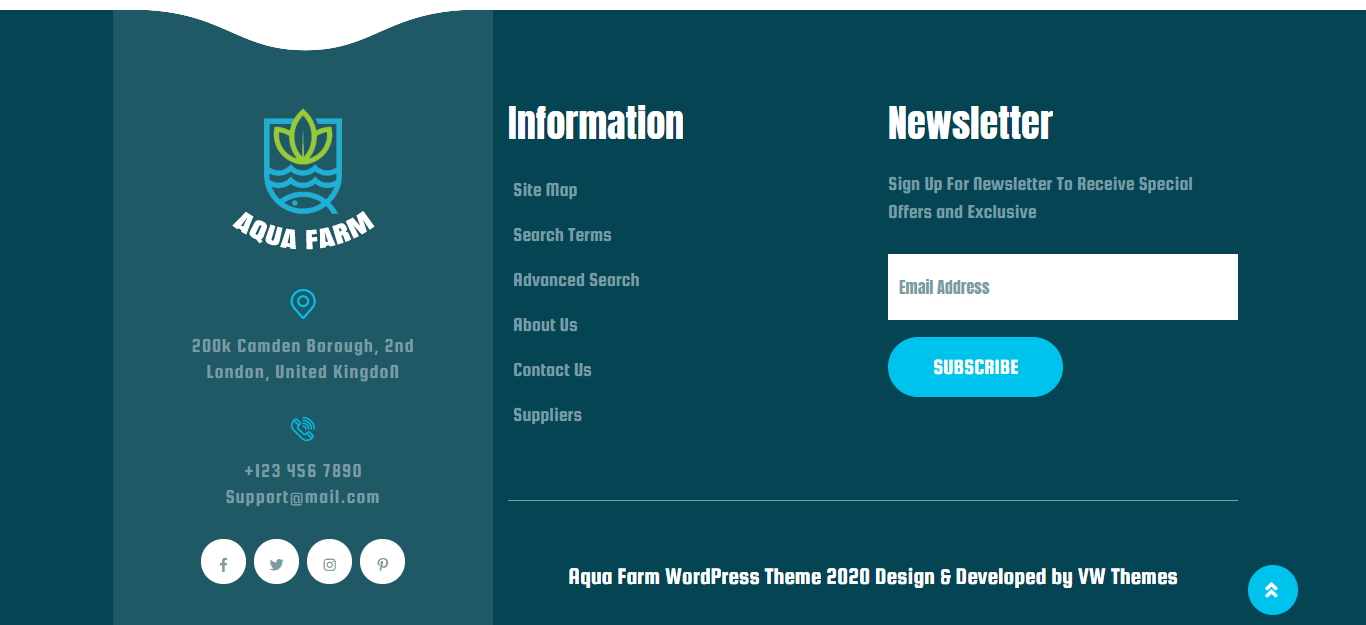
8.13 Footer Text
Follow the steps below to configure the Footer Text Section.
Go to Appearance >> Customize >> Theme Settings >>Footer Text.
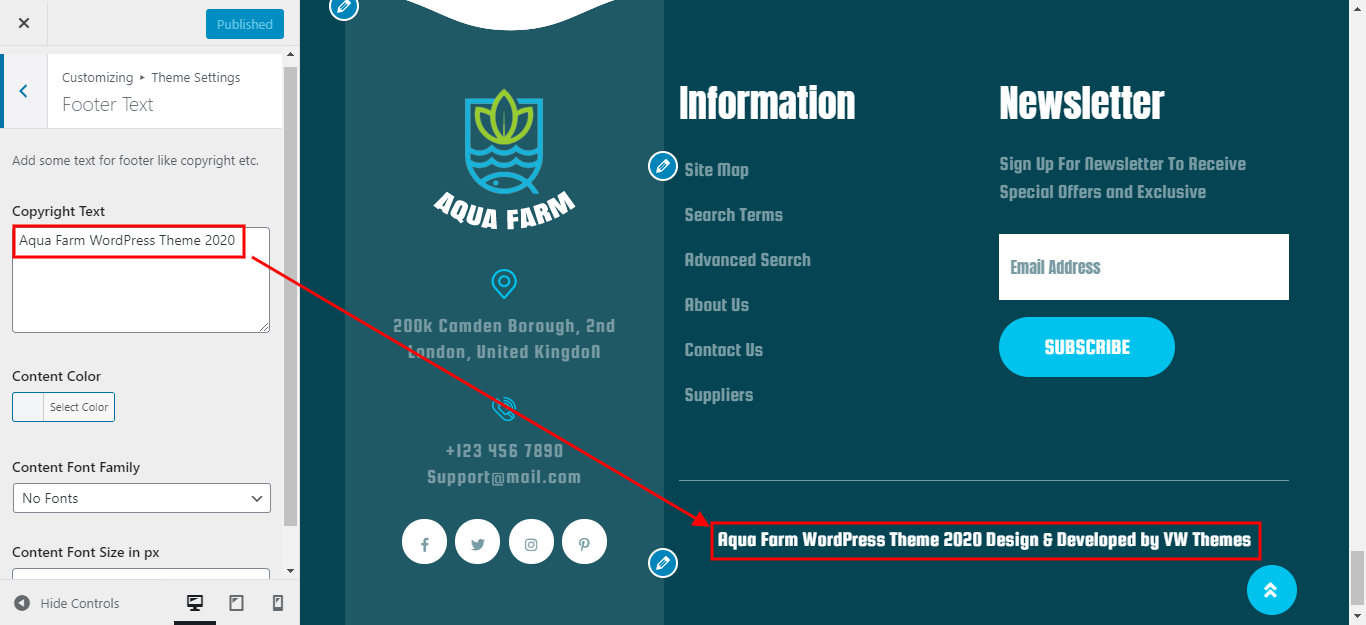
It will appear like this on the front end.

8.14 Setup Contact Section
Follow these steps to configure the Contact Section.
1. You must first take some critical steps.
2. You must install the Contact Form 7 plugin.
Create contact form
Go to Dashboard >> Contact >> Add New
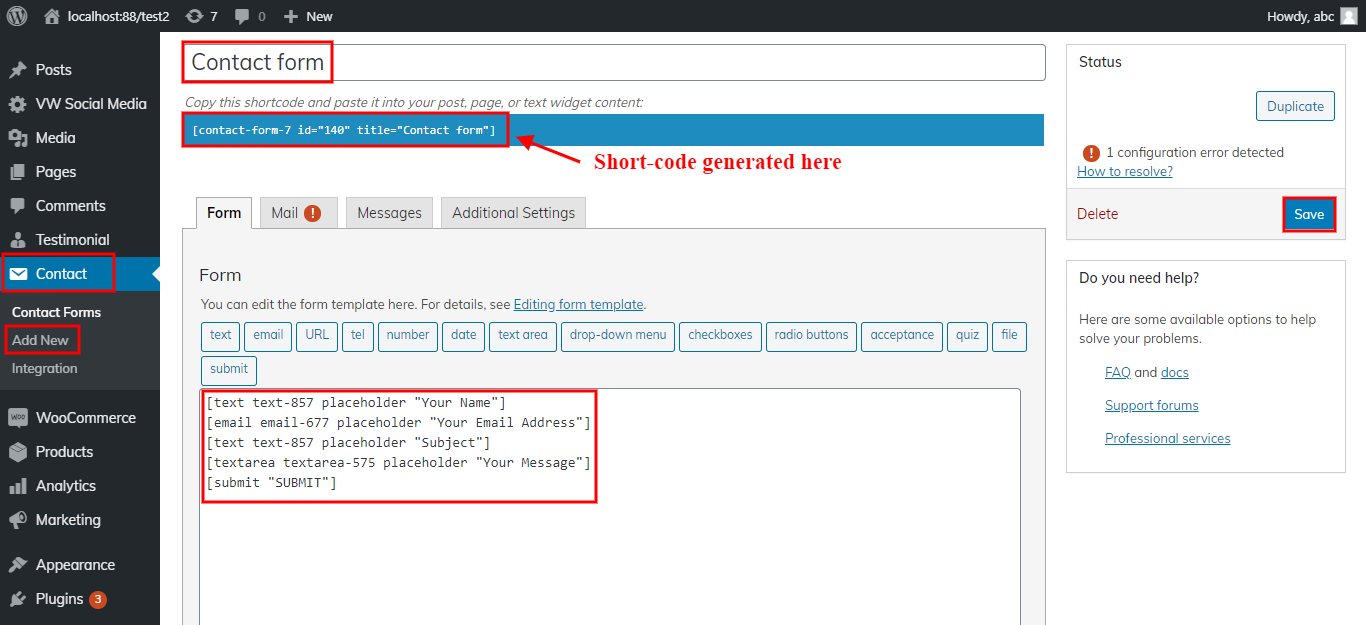
Go to Dashboard >> Pages >> Contact
Add contact form shortcode
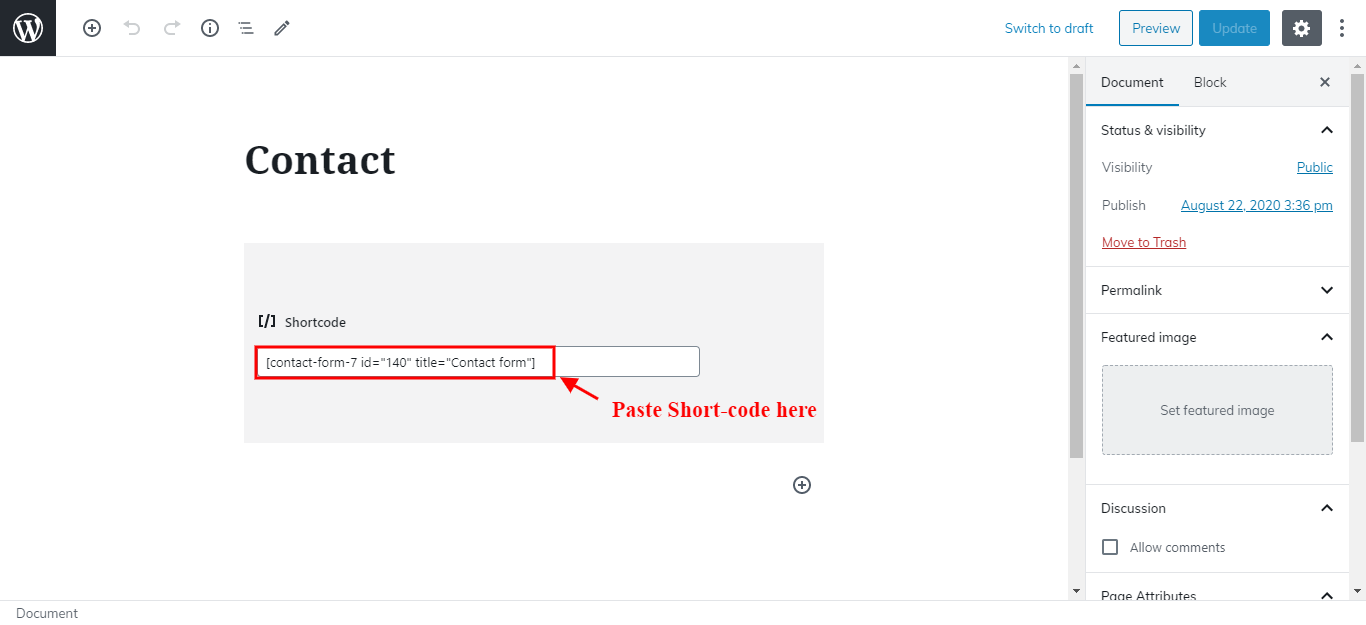
Go to Appearance >> Customize >> Theme Settings >> Contact
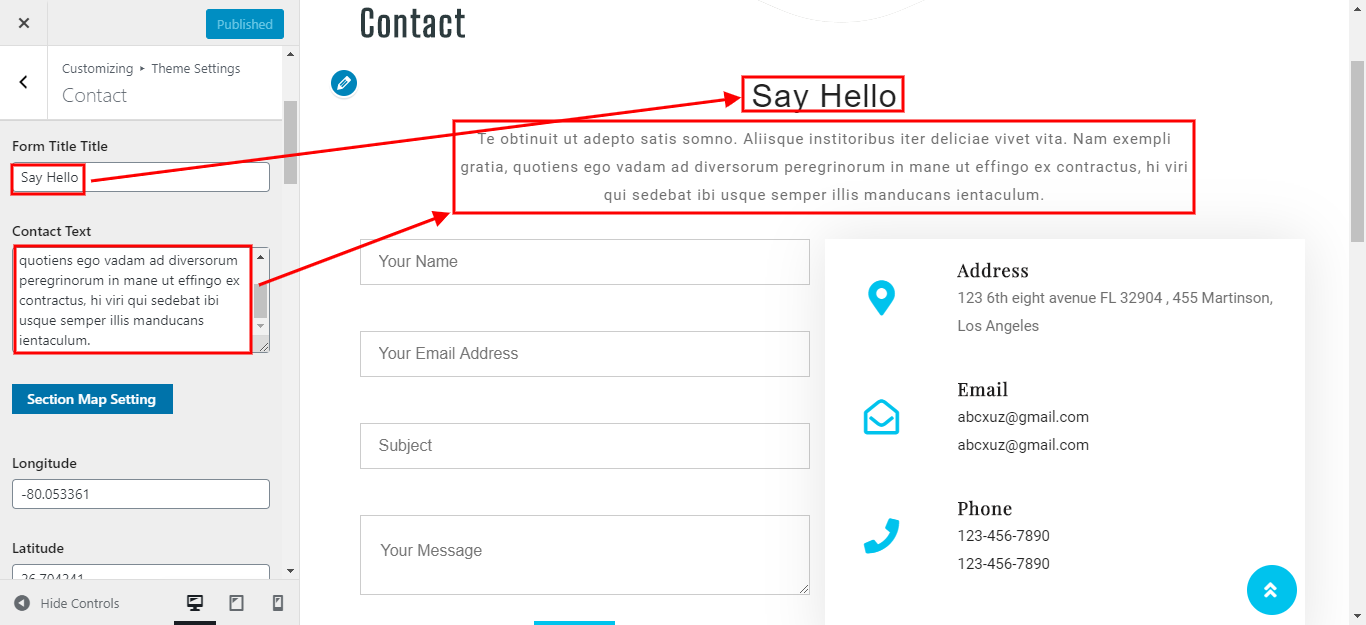


This is how you set up the Contact Section.
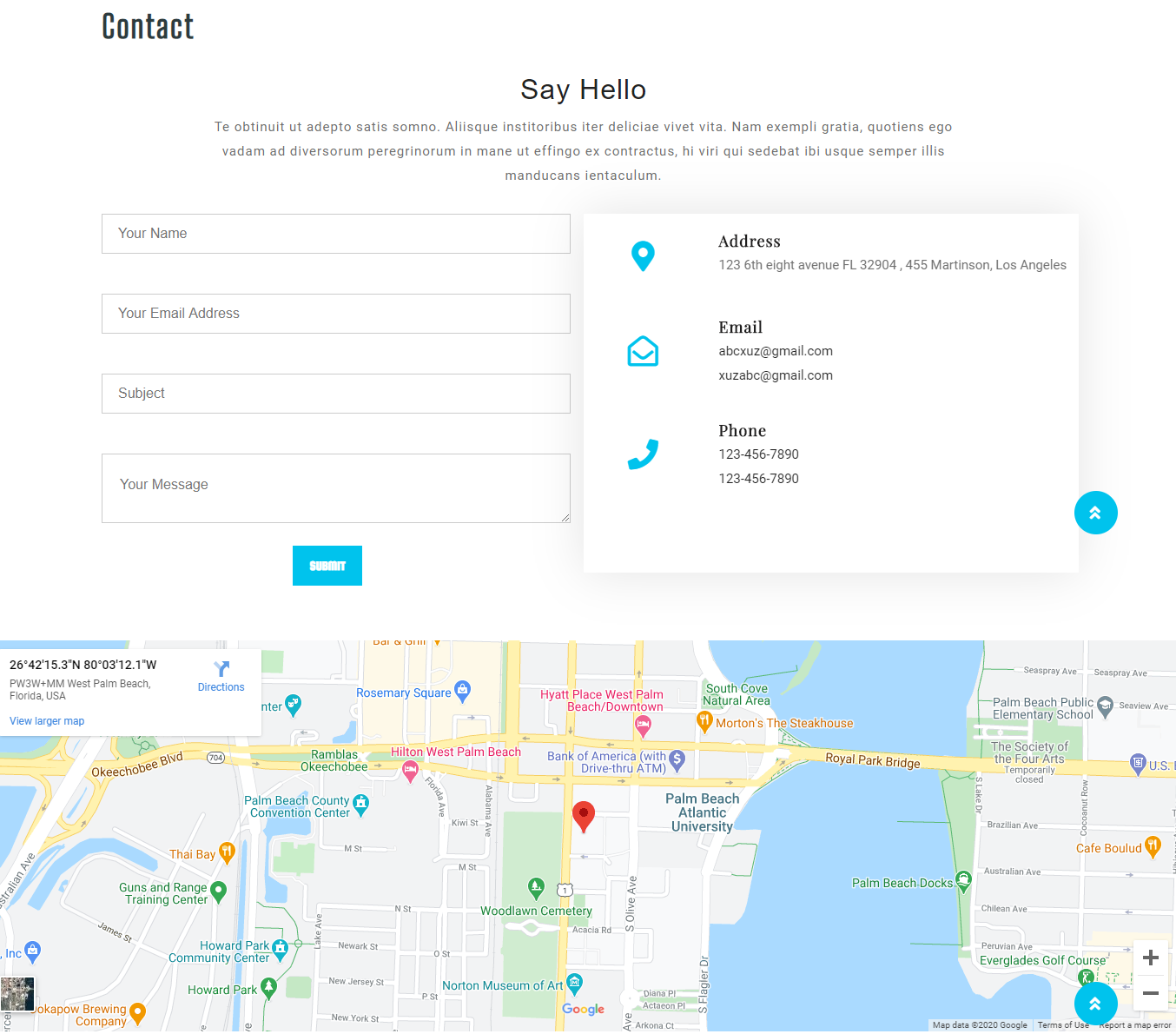
Responsive Media
Follow the steps below to configure the Responsive Media Section.
Go to Appearance >> Customize >> Theme Settings >>Responsive Media.
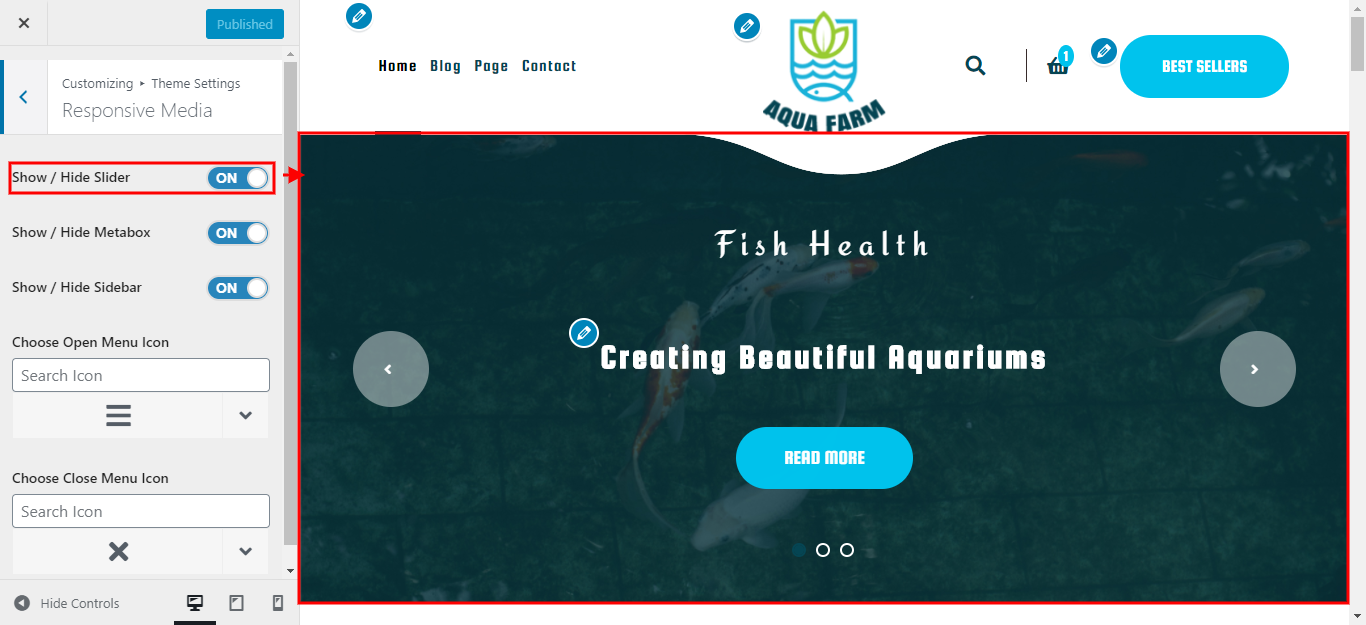
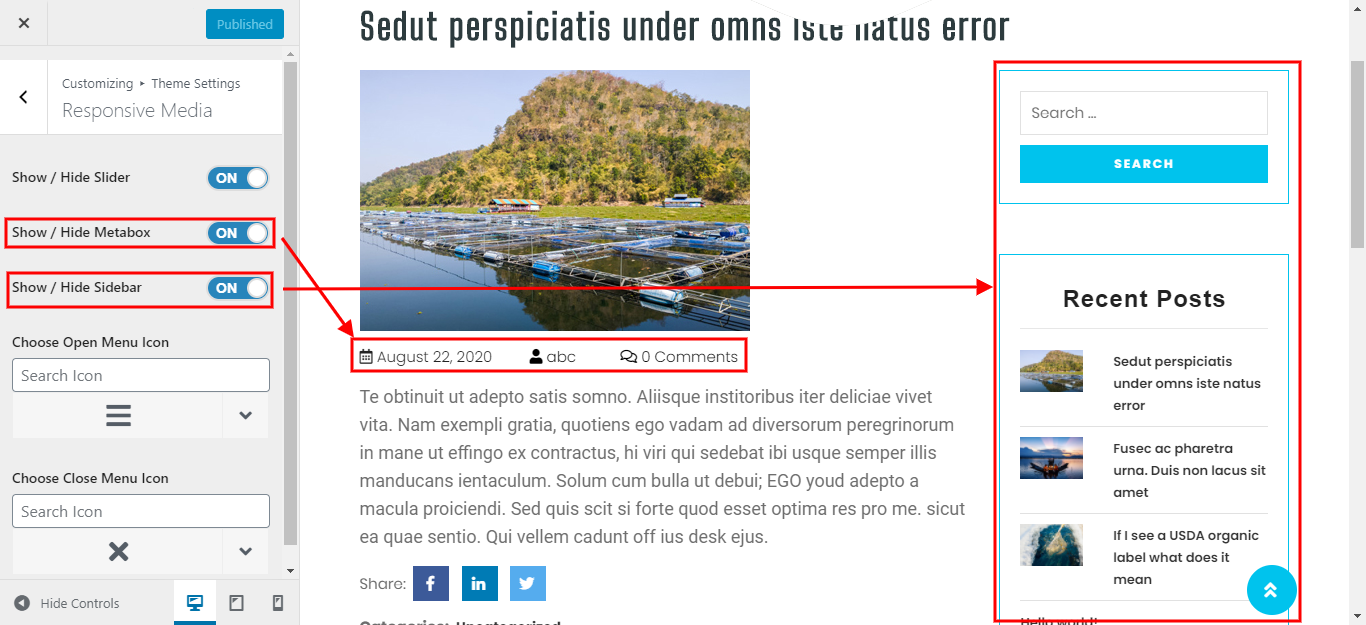
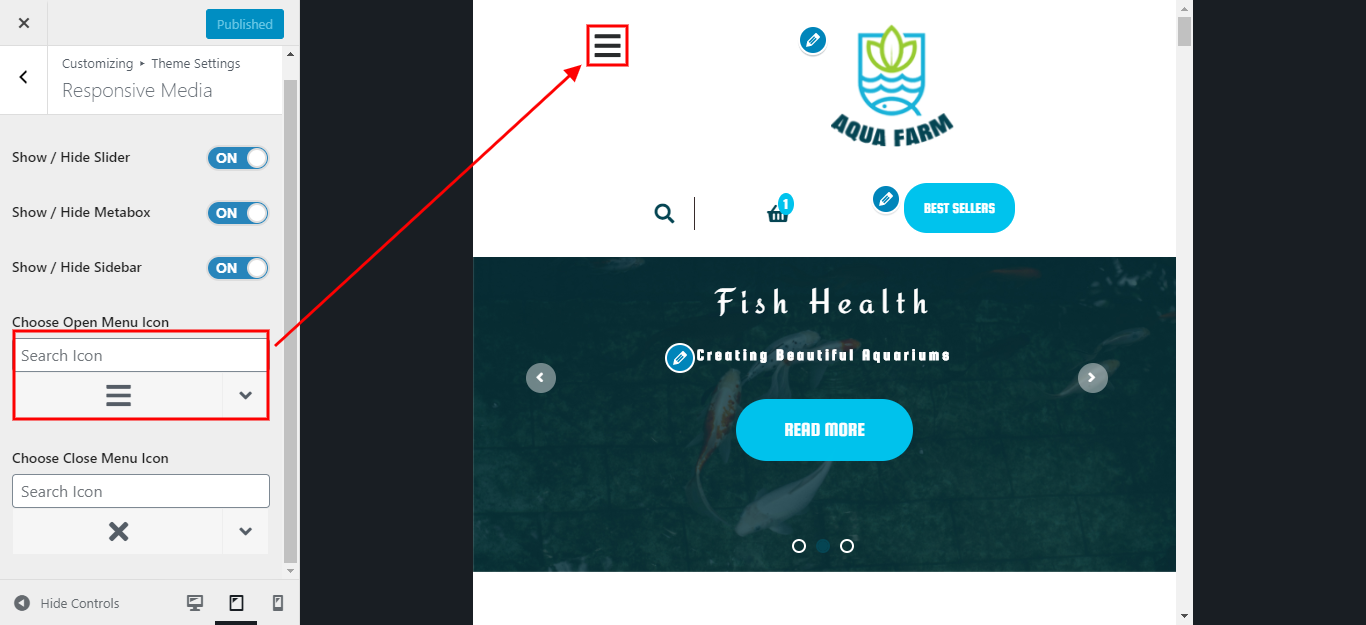
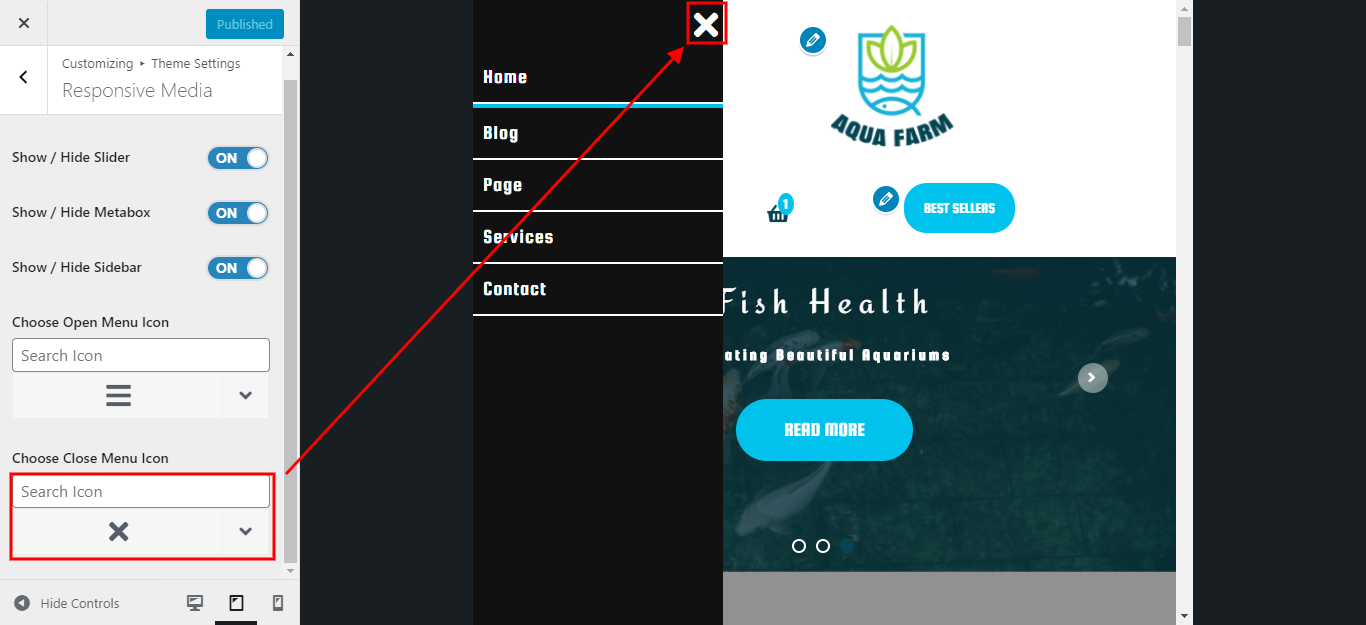
404 Page Settings
Follow the steps below to configure the 404 Page Settings Section.
Go to Appearance >> Customize >> Theme Settings >> 404 Page Settings.

Page Templates and sidebars
Page Templates
- Home Template (the default Home template)
- Default Template (the default page template with a right sidebar position)
- Page (Left Sidebar) (a page templates with left sidebar position)
- Page (Right Sidebar) (a page template with right sidebar position)
- Page (Left-Right Sidebar) (a page template with left and right sidebar position)
- Blog (Full Width) (a blog templates with one column without sidebar)
- Blog (Left Sidebar) (a blog templates with left sidebar position)
- Blog (Right Sidebar) (a blog template with right sidebar position)
- Blog (Left-Right Sidebar) (a blog templates with left and right sidebar position)
- Contact Template (the default Contact template with no sidebar position)
Post, Categories and Post Formats
Adding category
For more information on adding categories, see the following article: http://codex.wordpress.org
/Manage_Categories_SubPanel

- Access your WordPress Administration Panel (Dashboard).
- Click the Posts tab.
- Click Categories for blog posts.
- Enter the name of your new category here.
- After that, click the Add New Category button.
- Click the Publish button.
Creating a Blog post

- Access your WordPress Administration Panel (Dashboard).
- Click the Posts tab.
- Click the Add New tab.
- Fill in the blanks with your post's content. Please see the following link for more information on adding posts. http://codex.wordpress.org/
Posts_Add_New_SubPanel.
Shortcodes
A shortcode is a useful tool for creating content. http://codex.wordpress.org/Shortcode. Shortcodes are simple to use. First and foremost, ensure that the editing mode is set to Visual.
All available shortcodes are conditionally classified into the following groups:
- VW Aqua Farm Pro-testimonials - [vw-aqua-farm-pro-testimonials]
Testimonial Shortcode
Go to Dashboard >> Pages >> Add New.
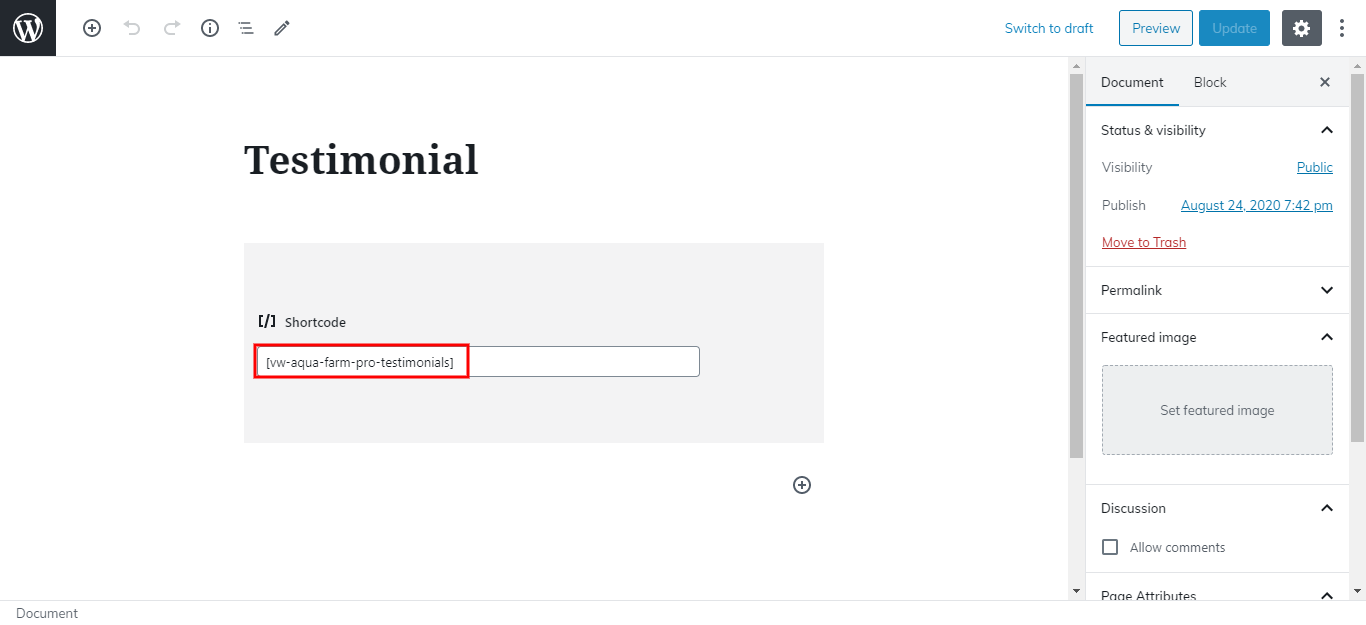
It will appear like this on the front end
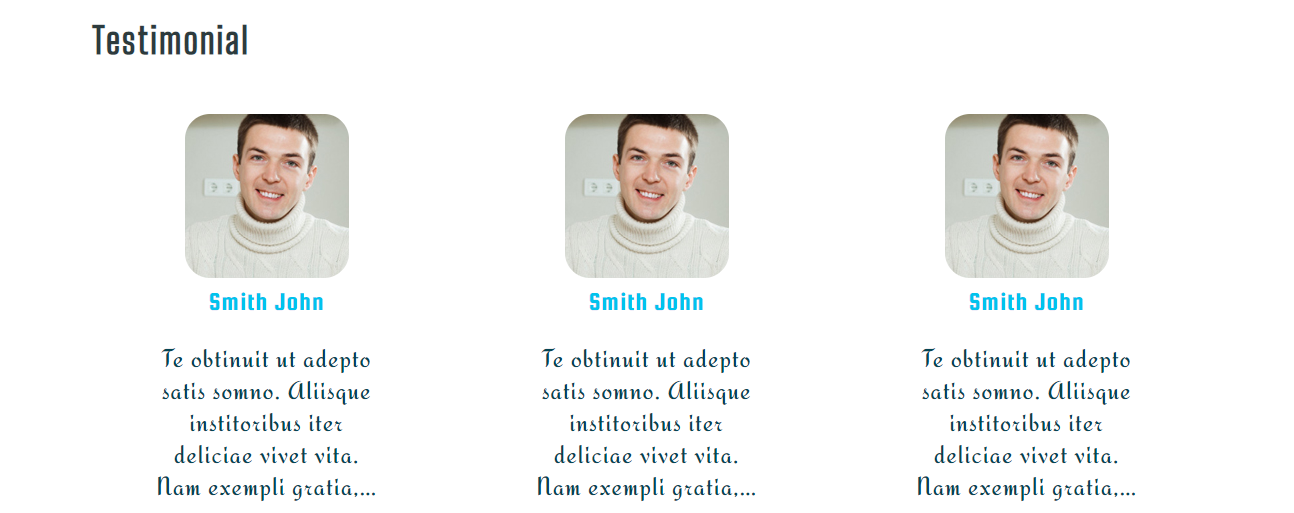
Custom Widgets





